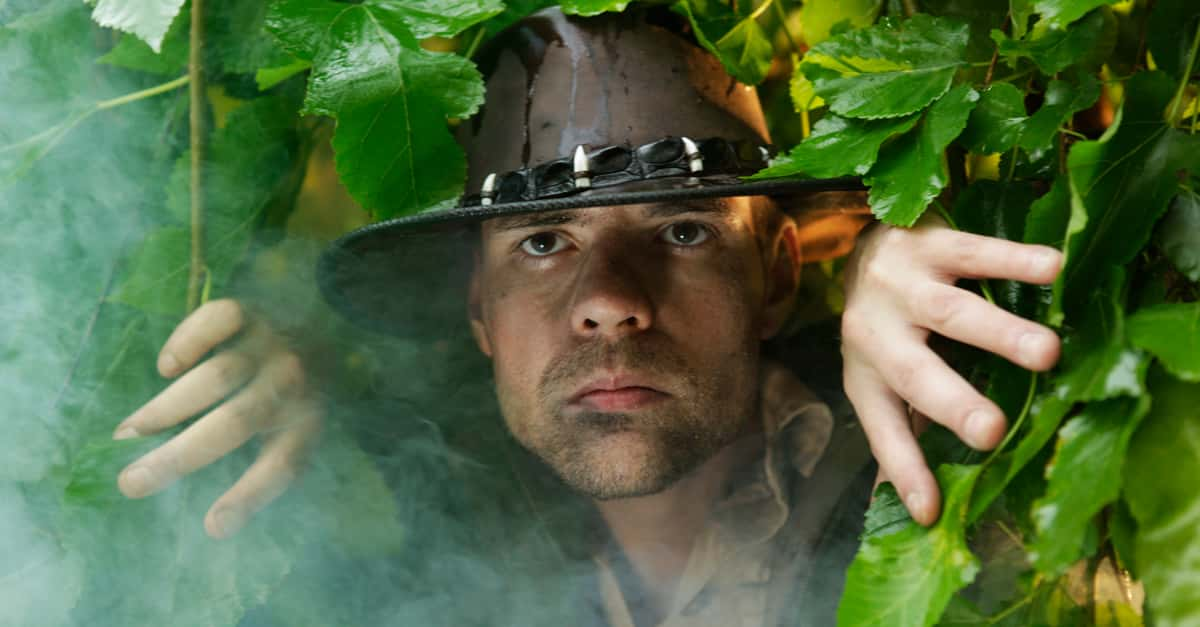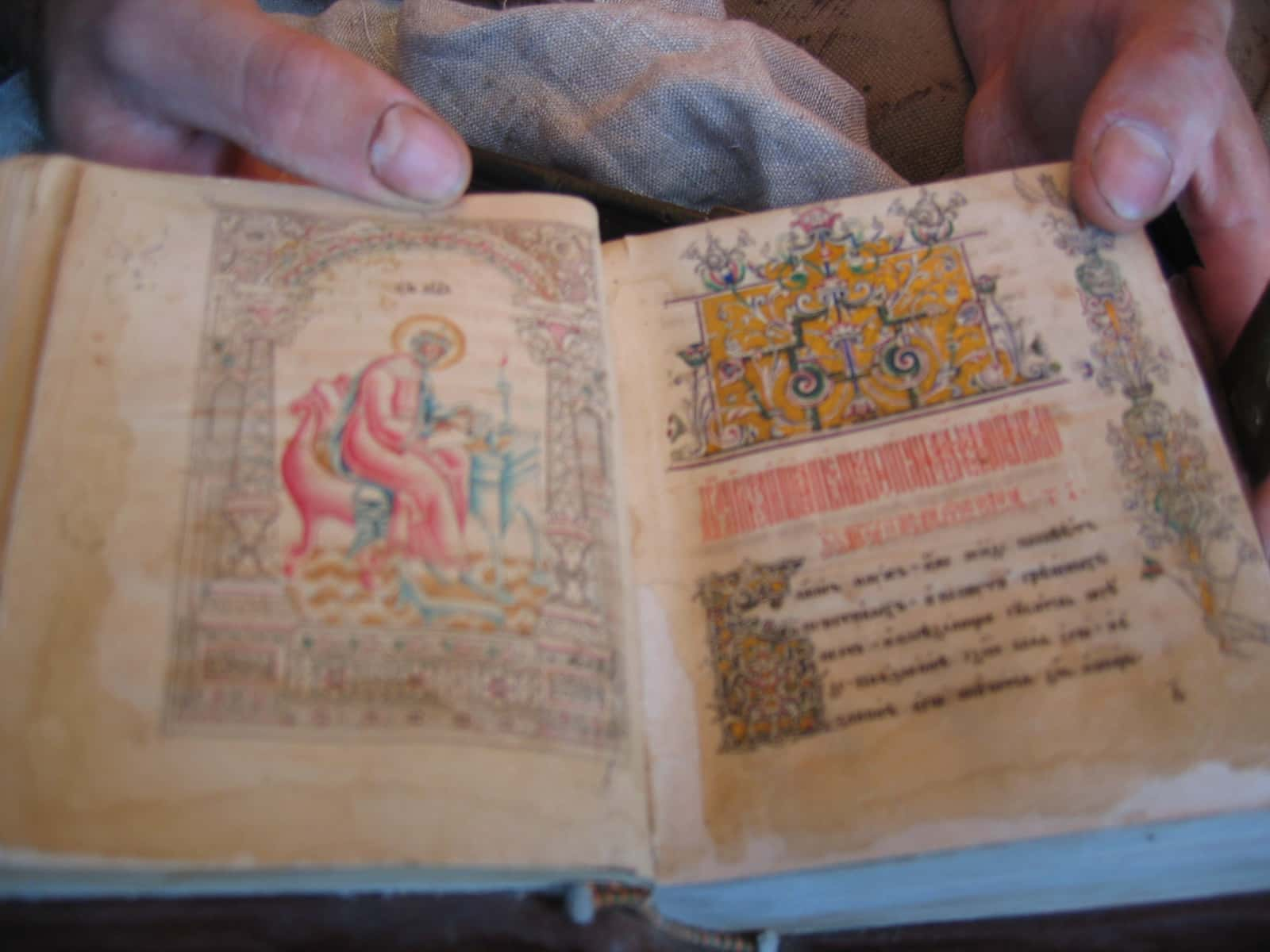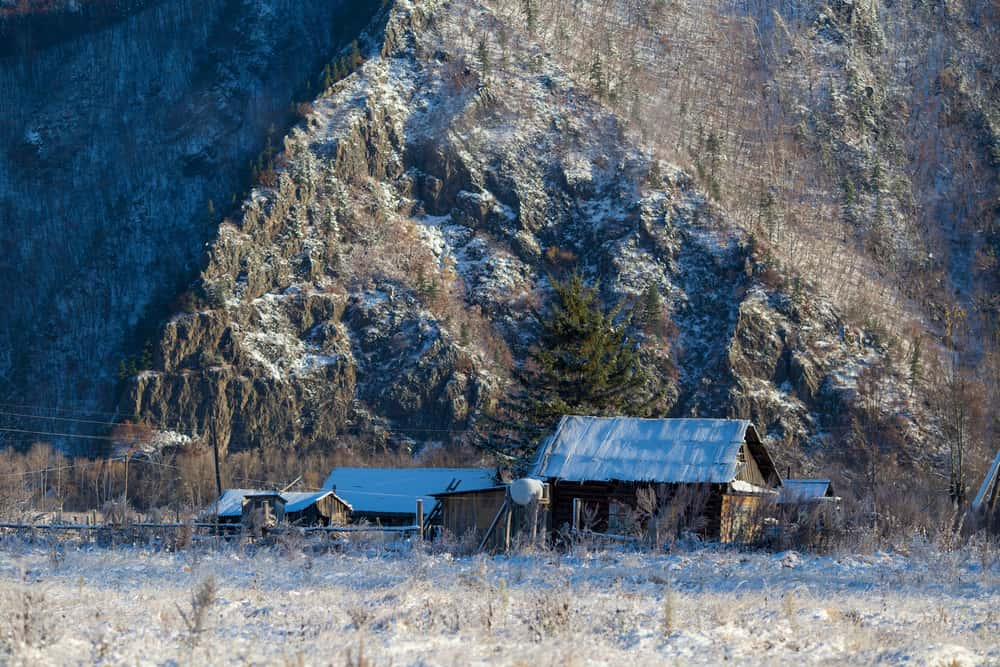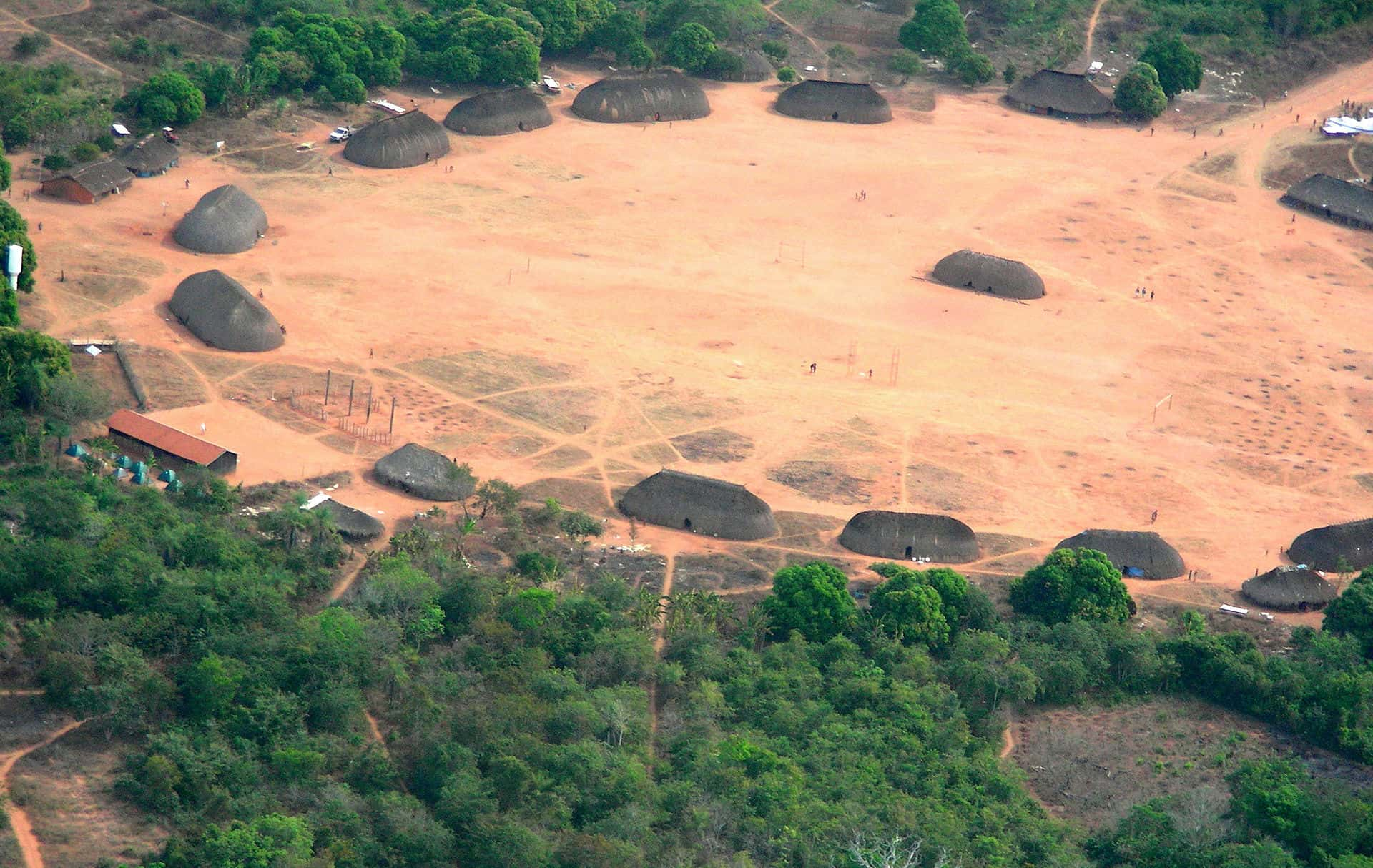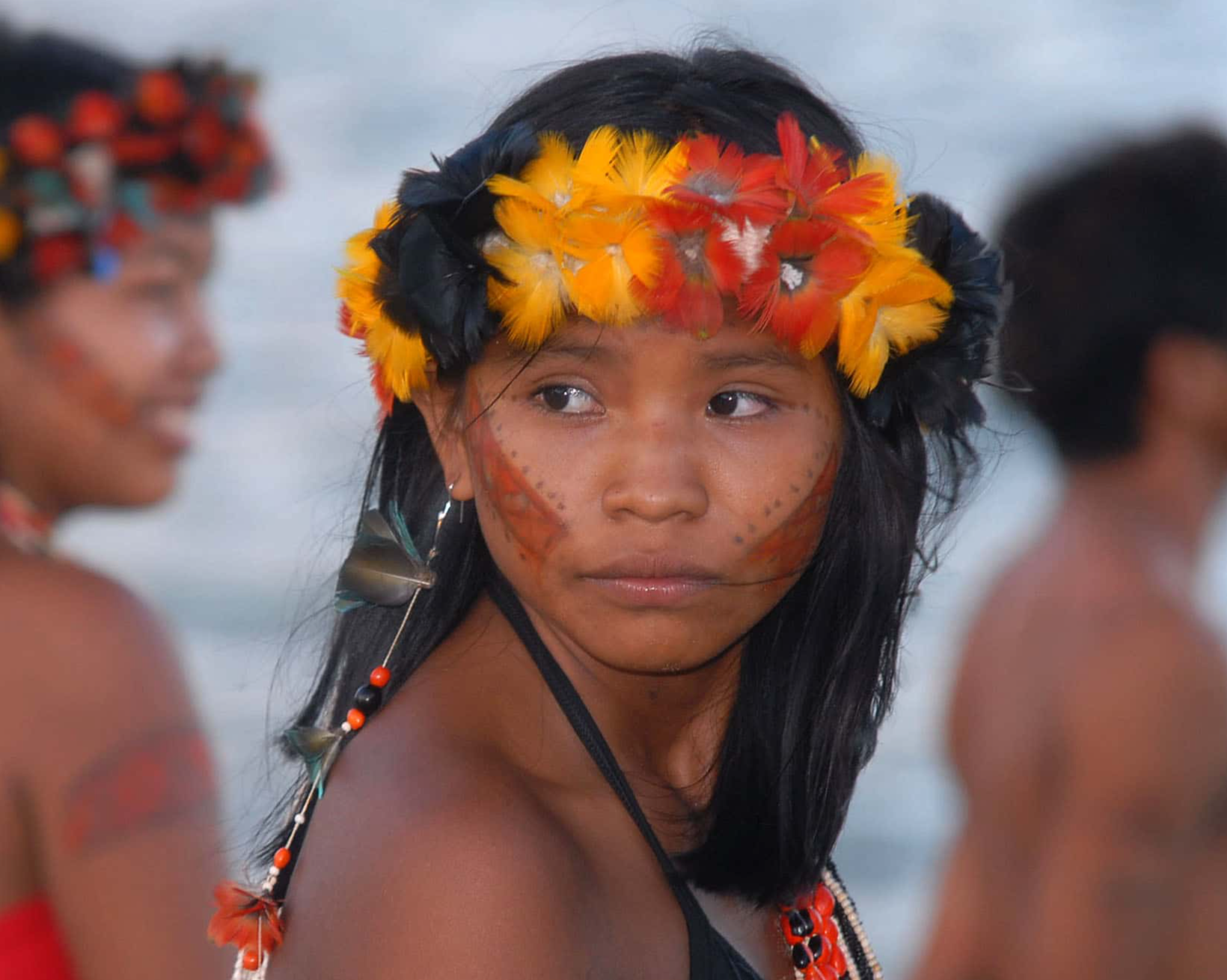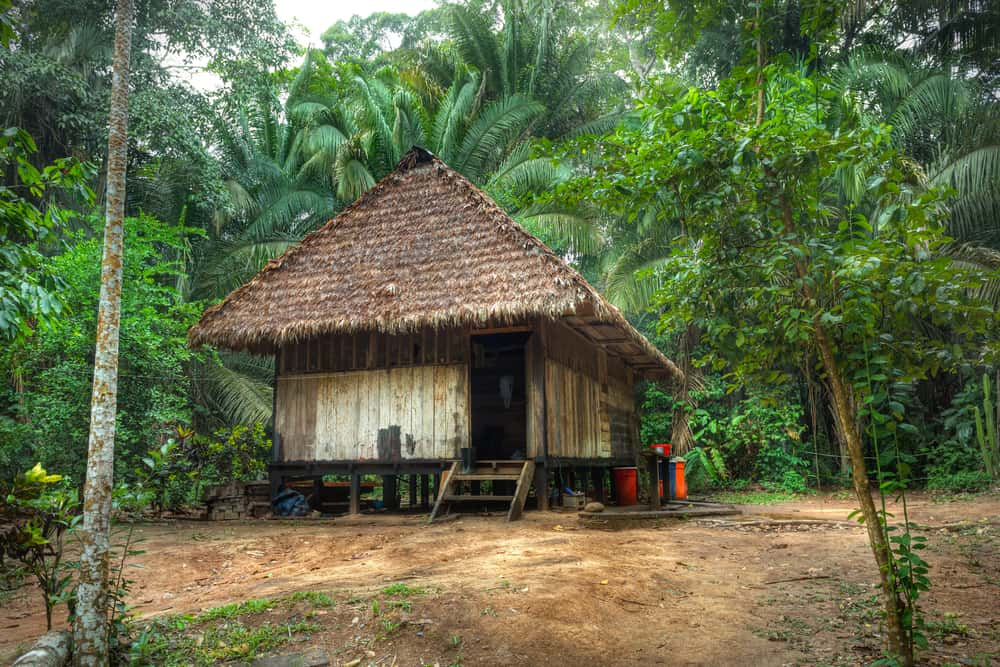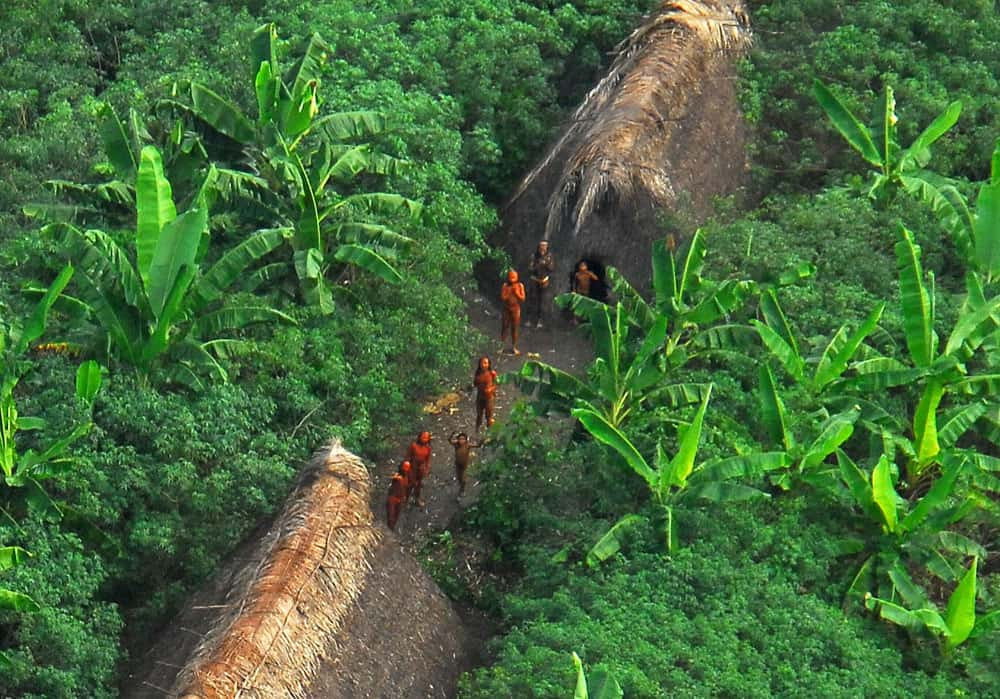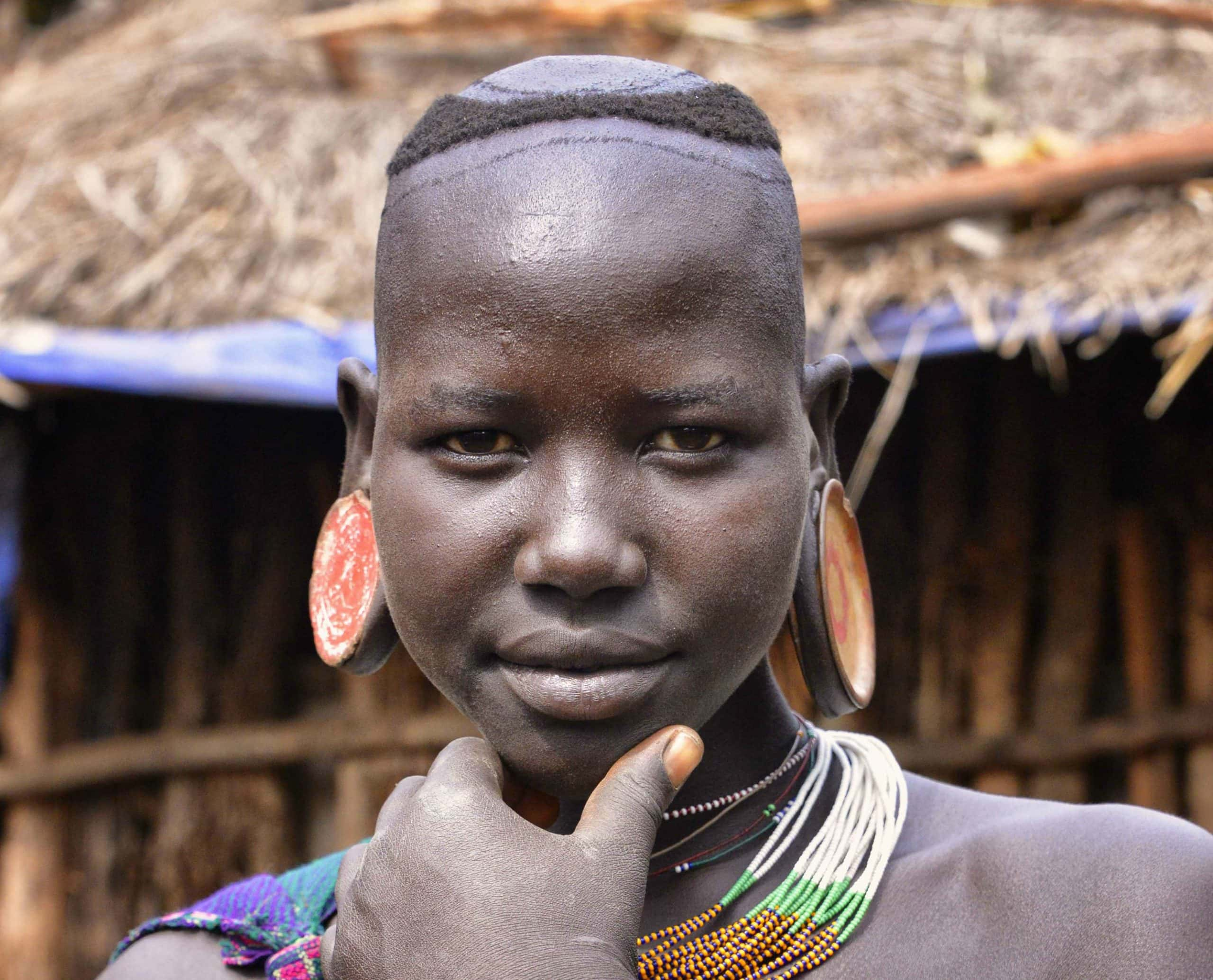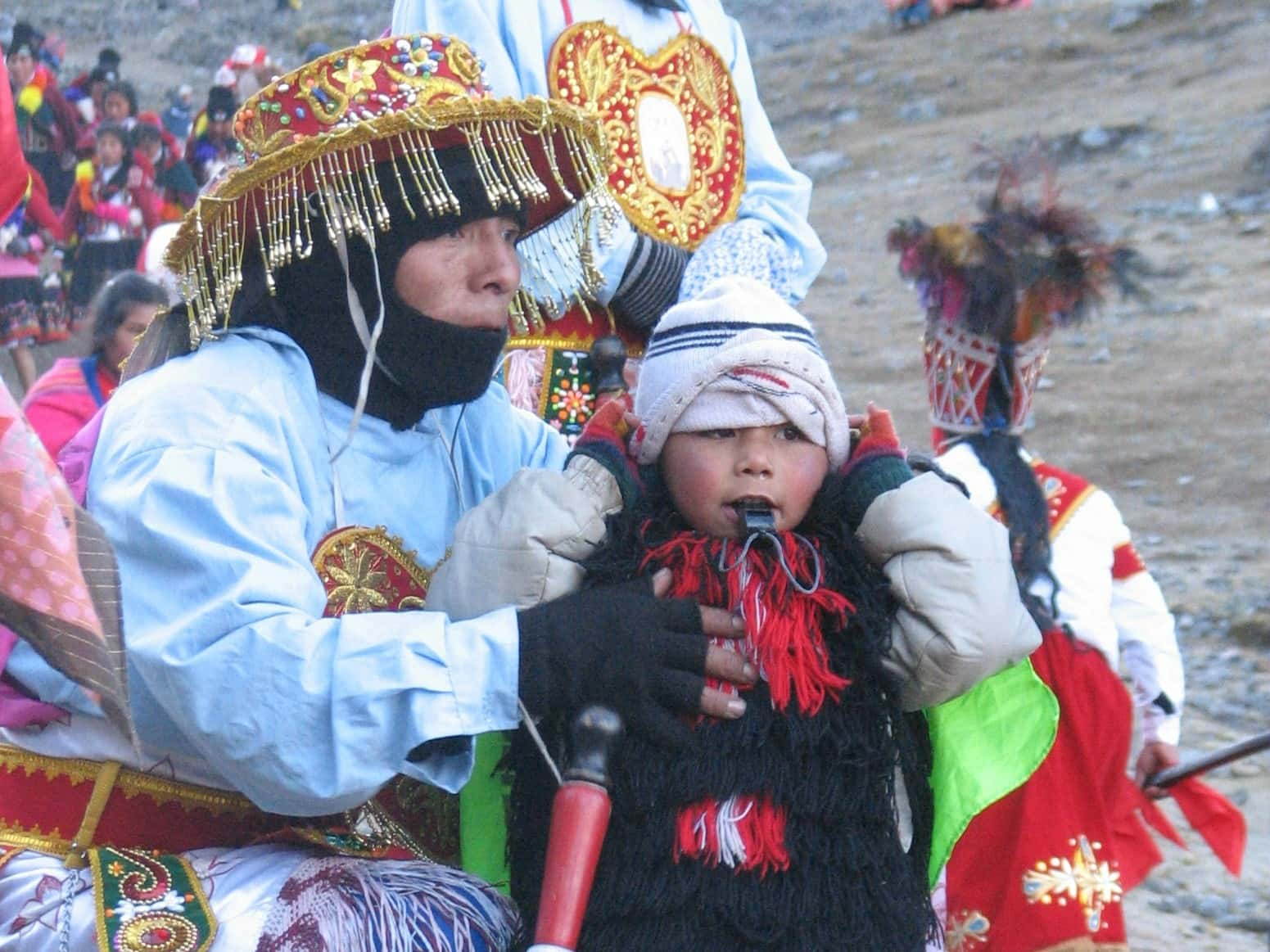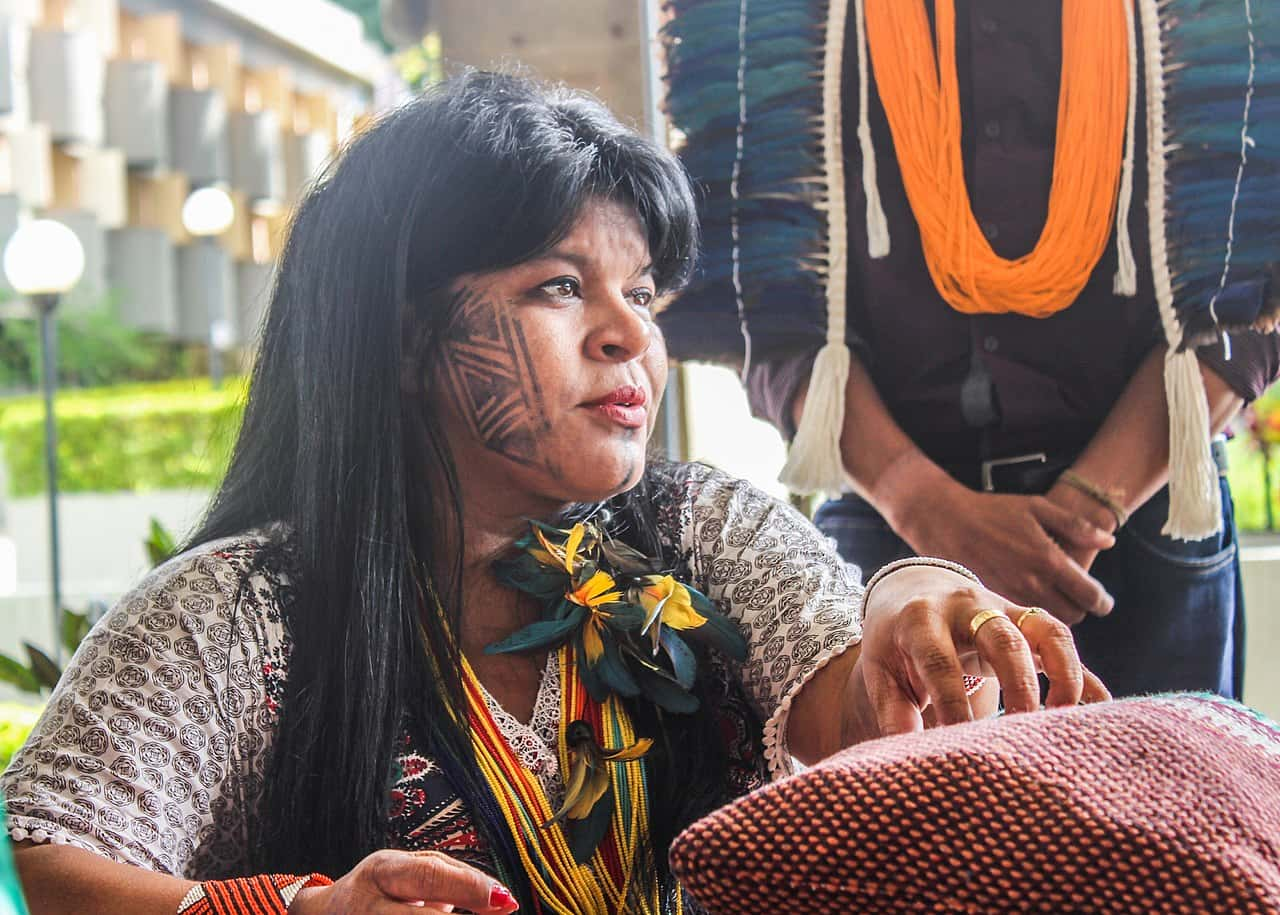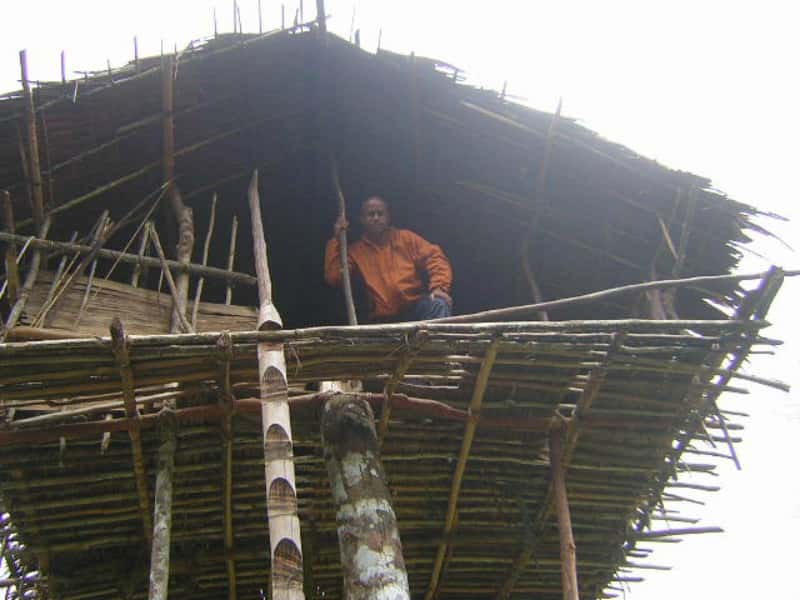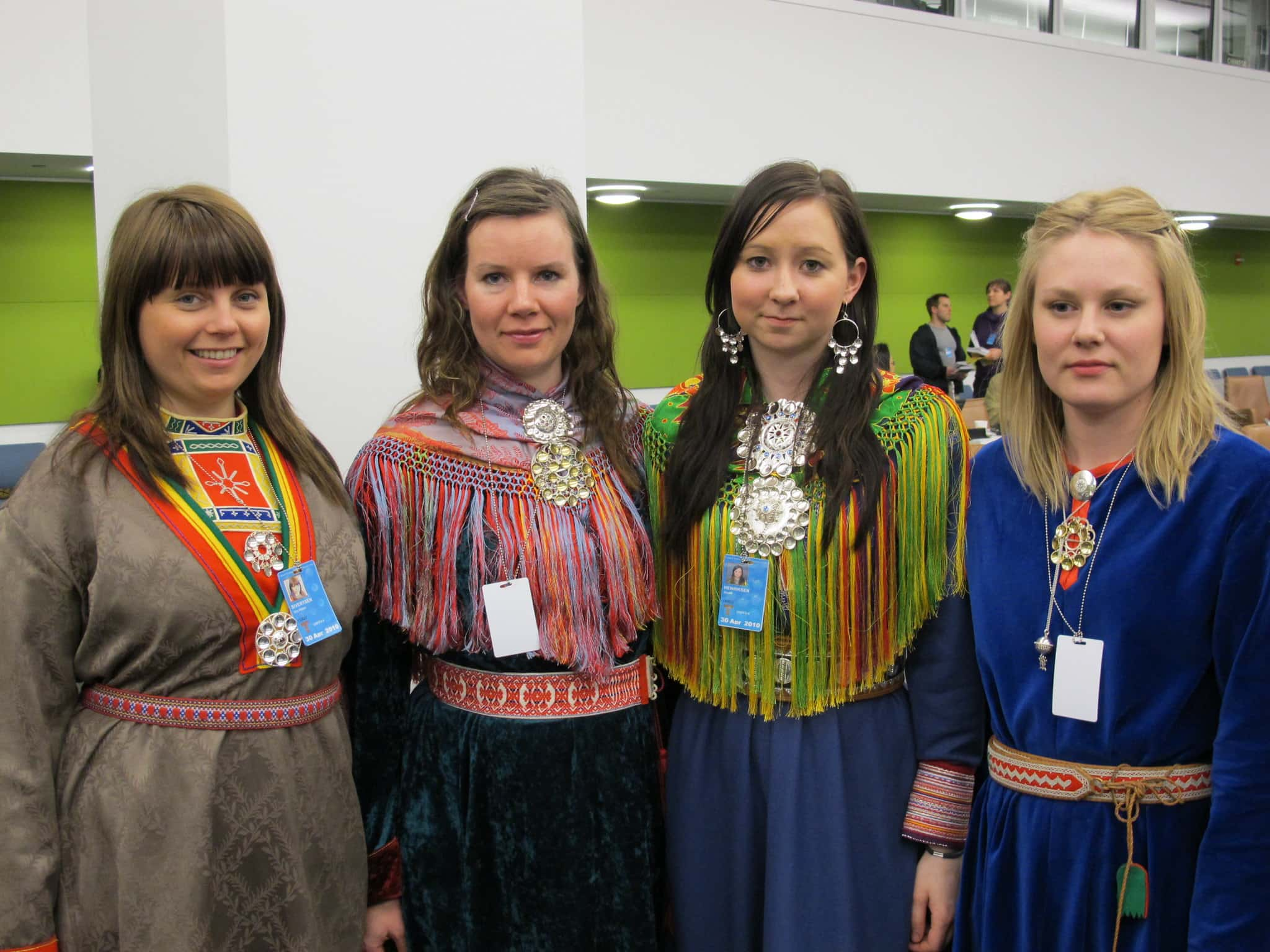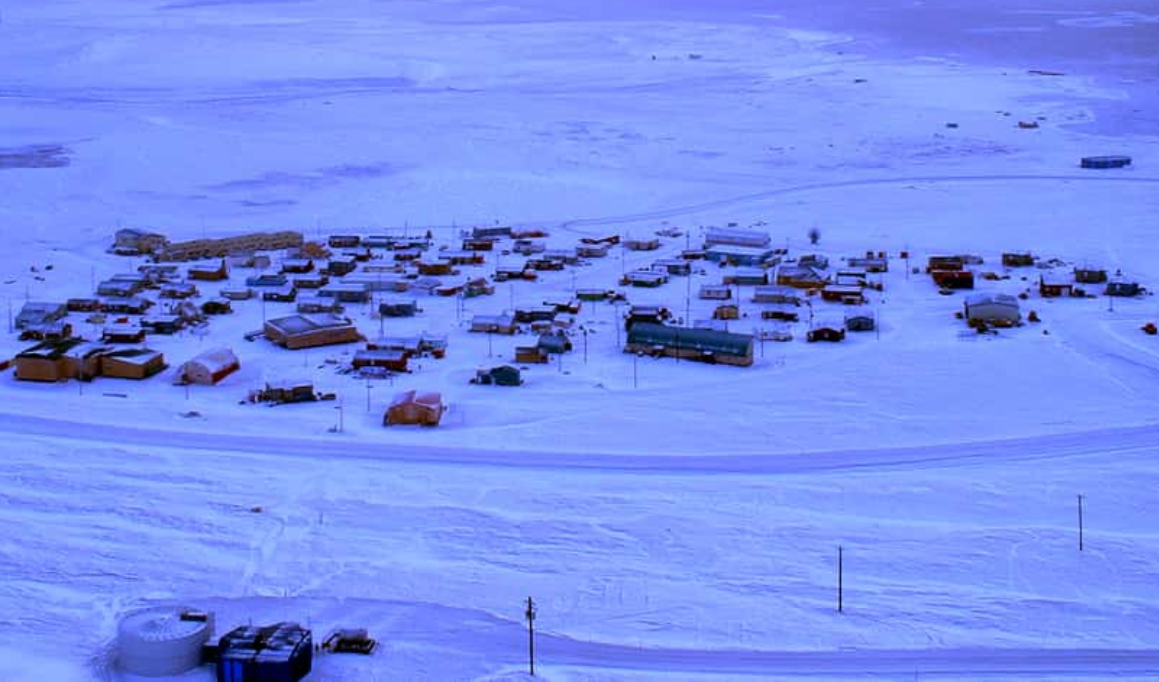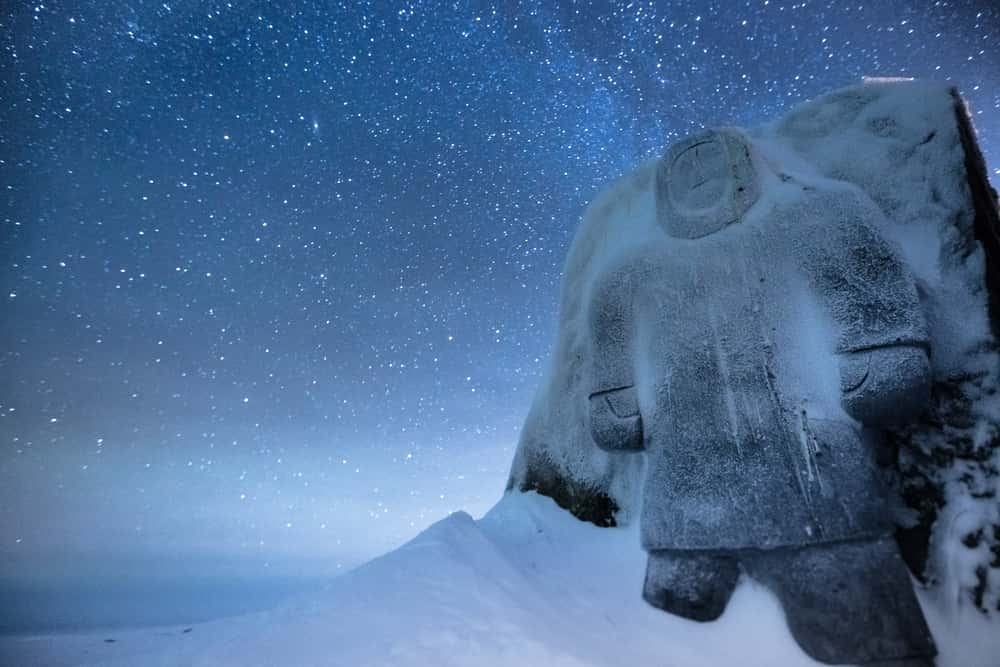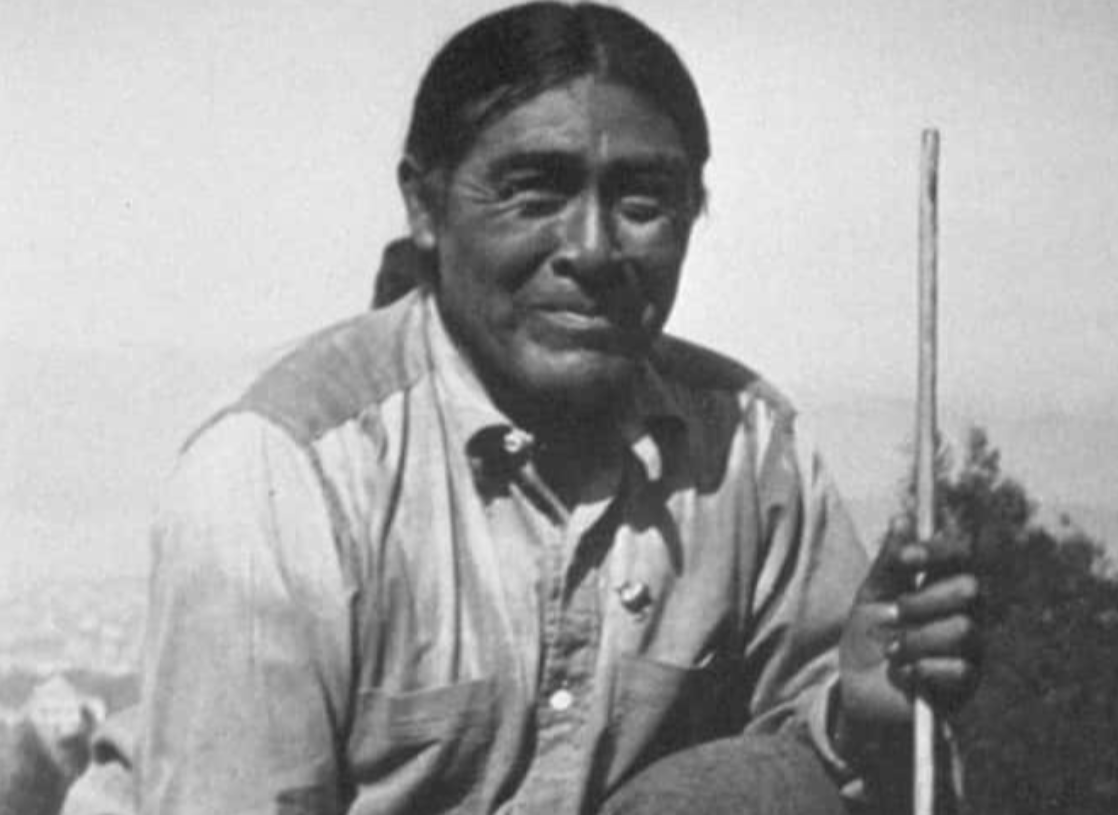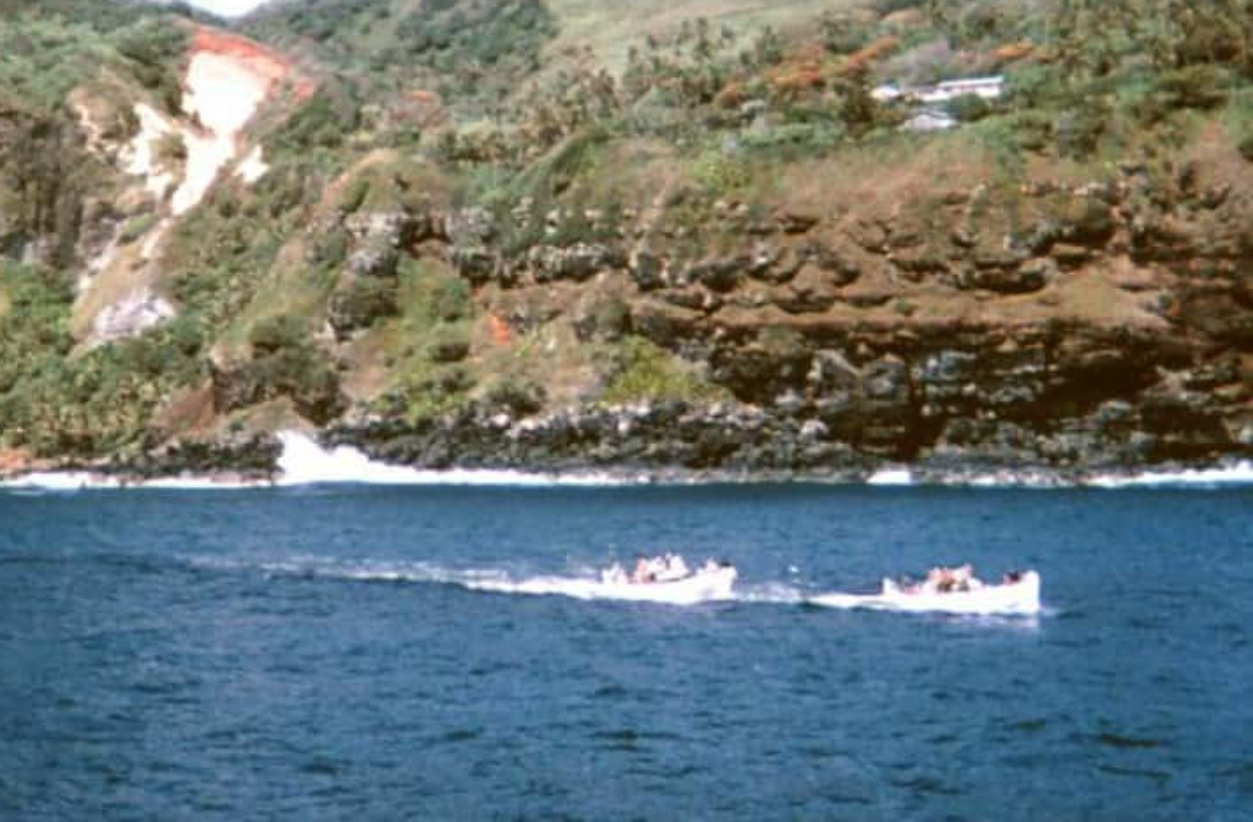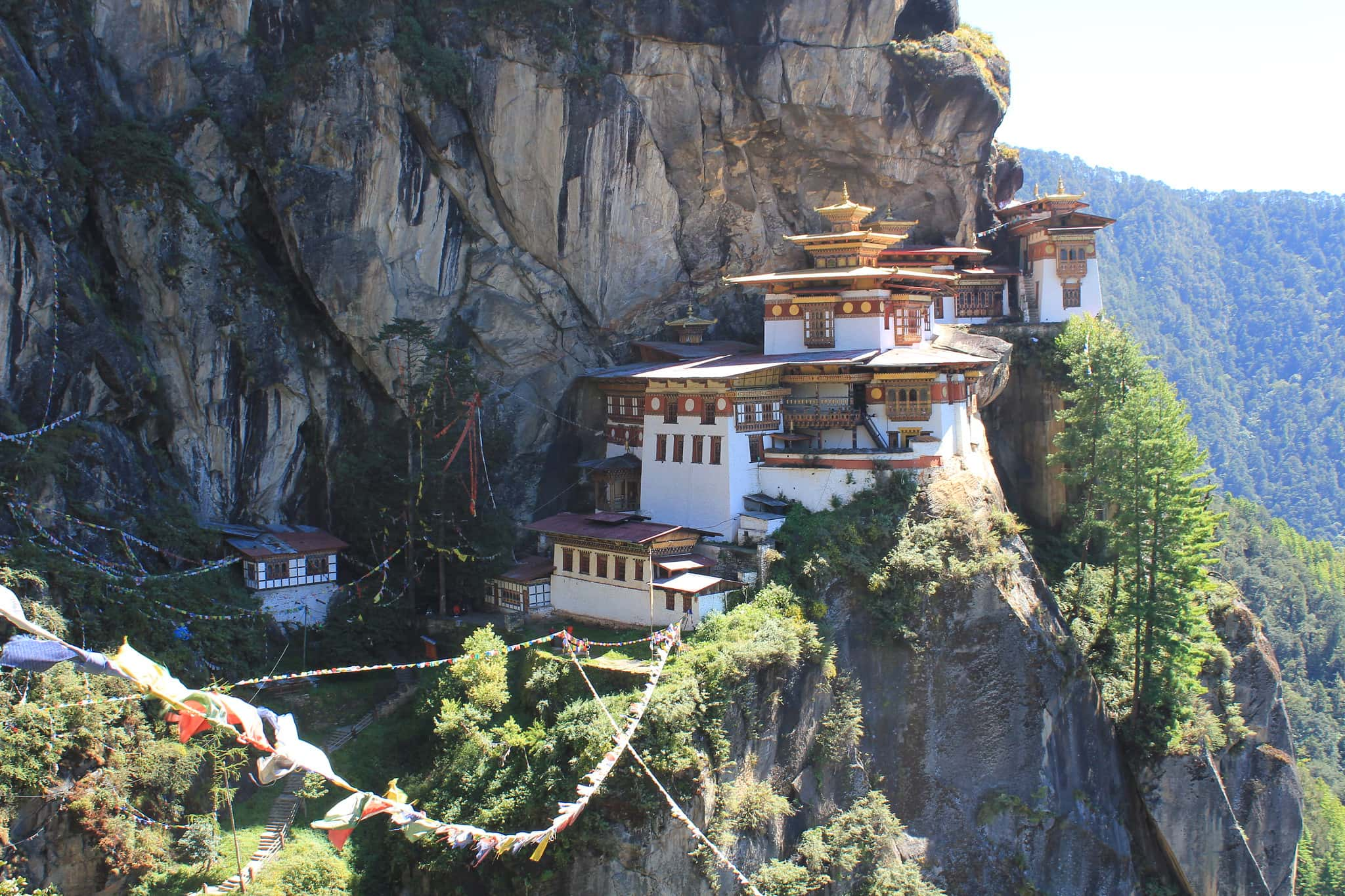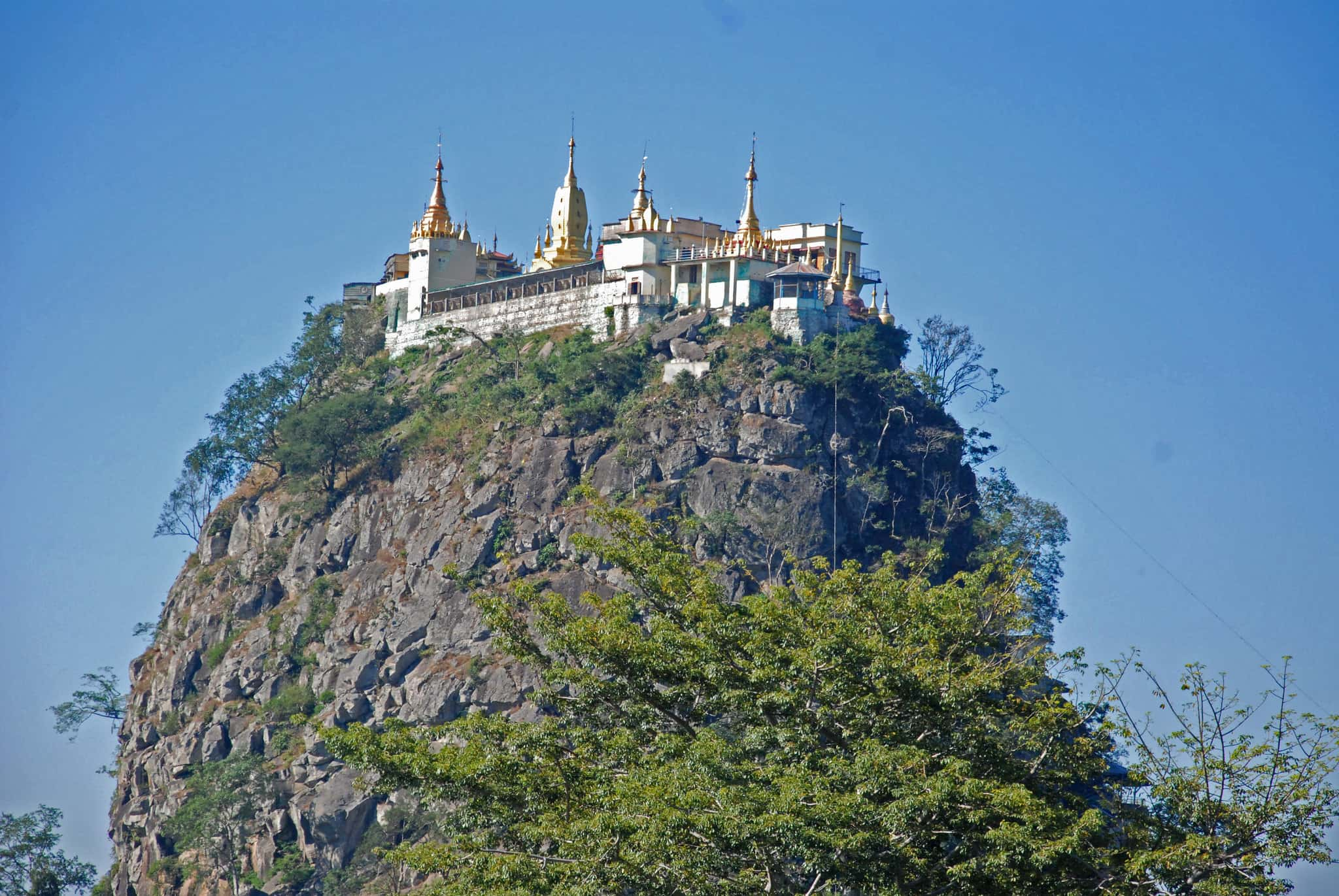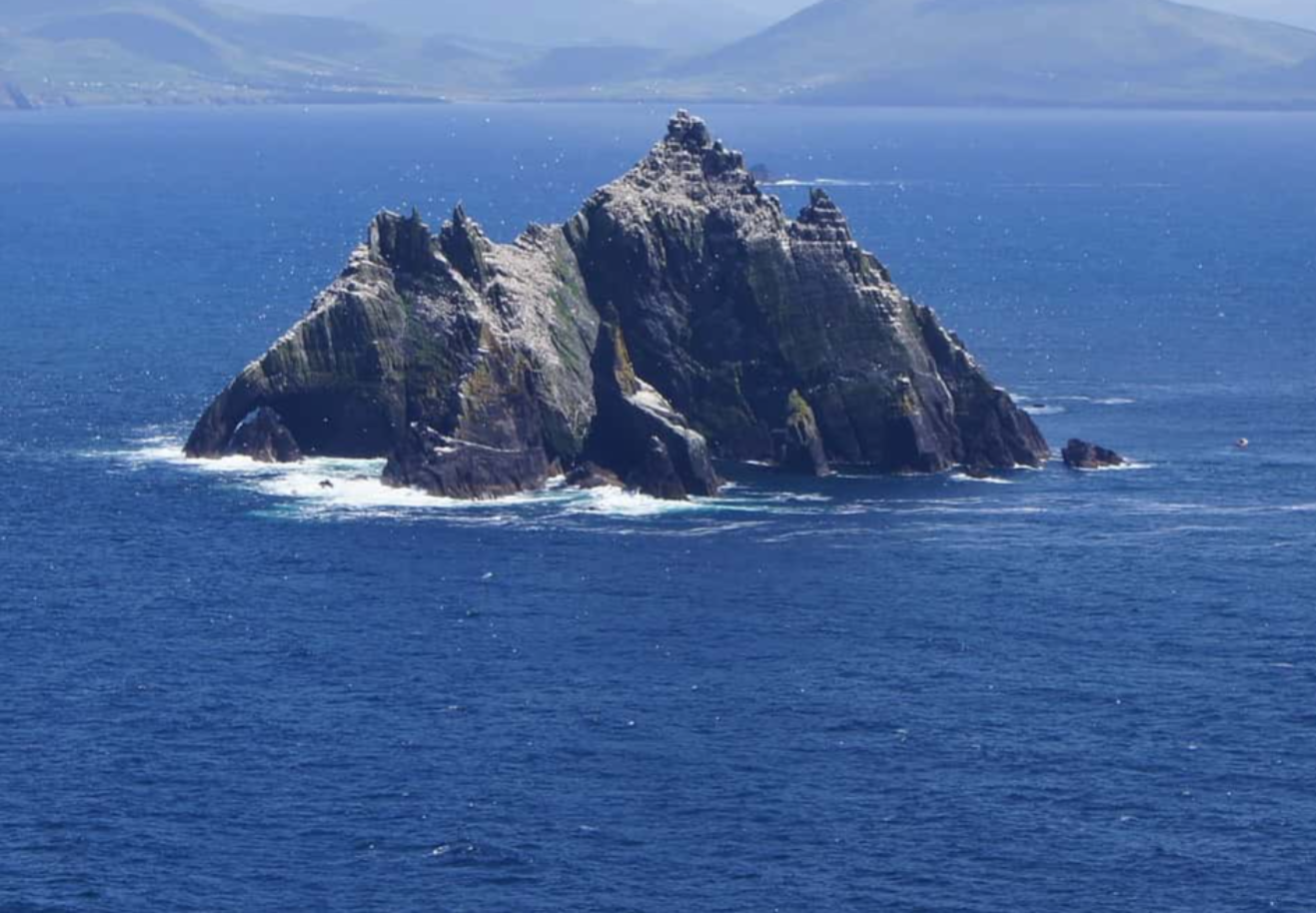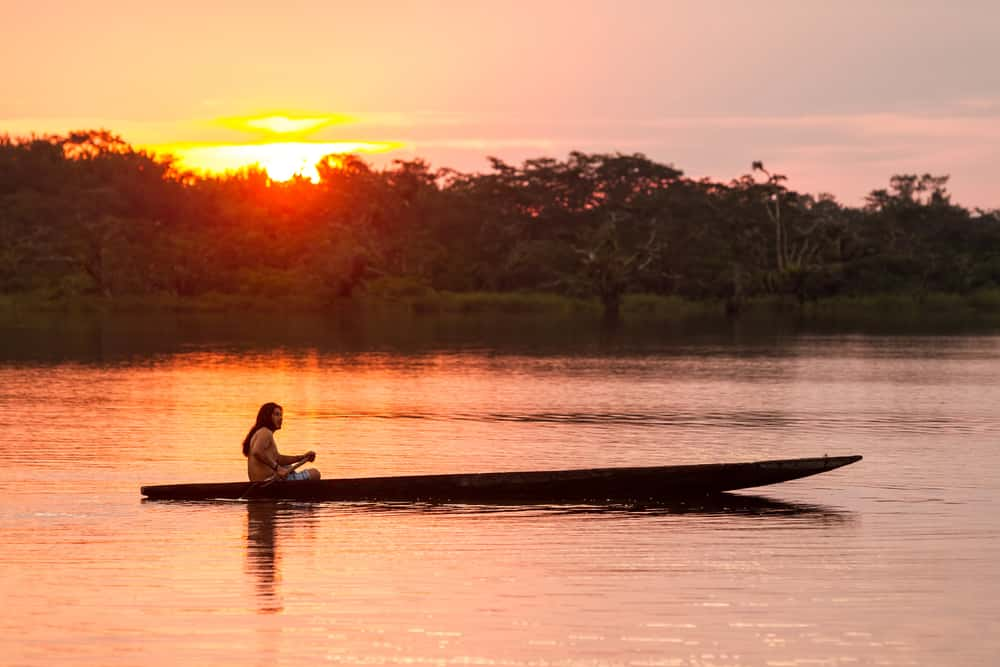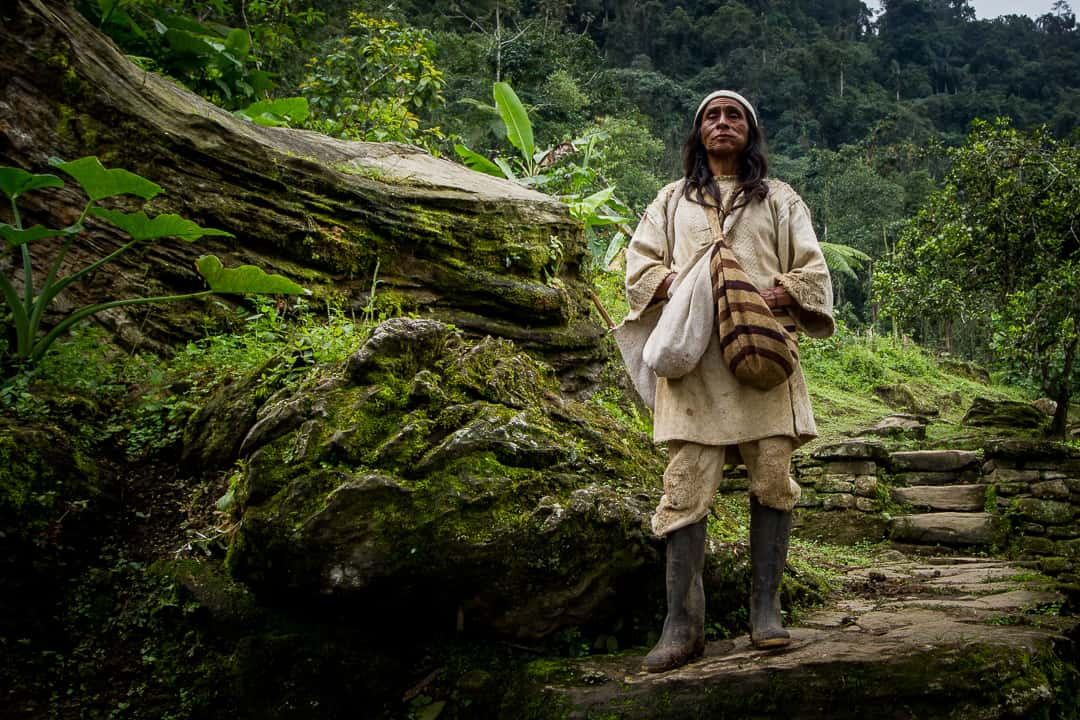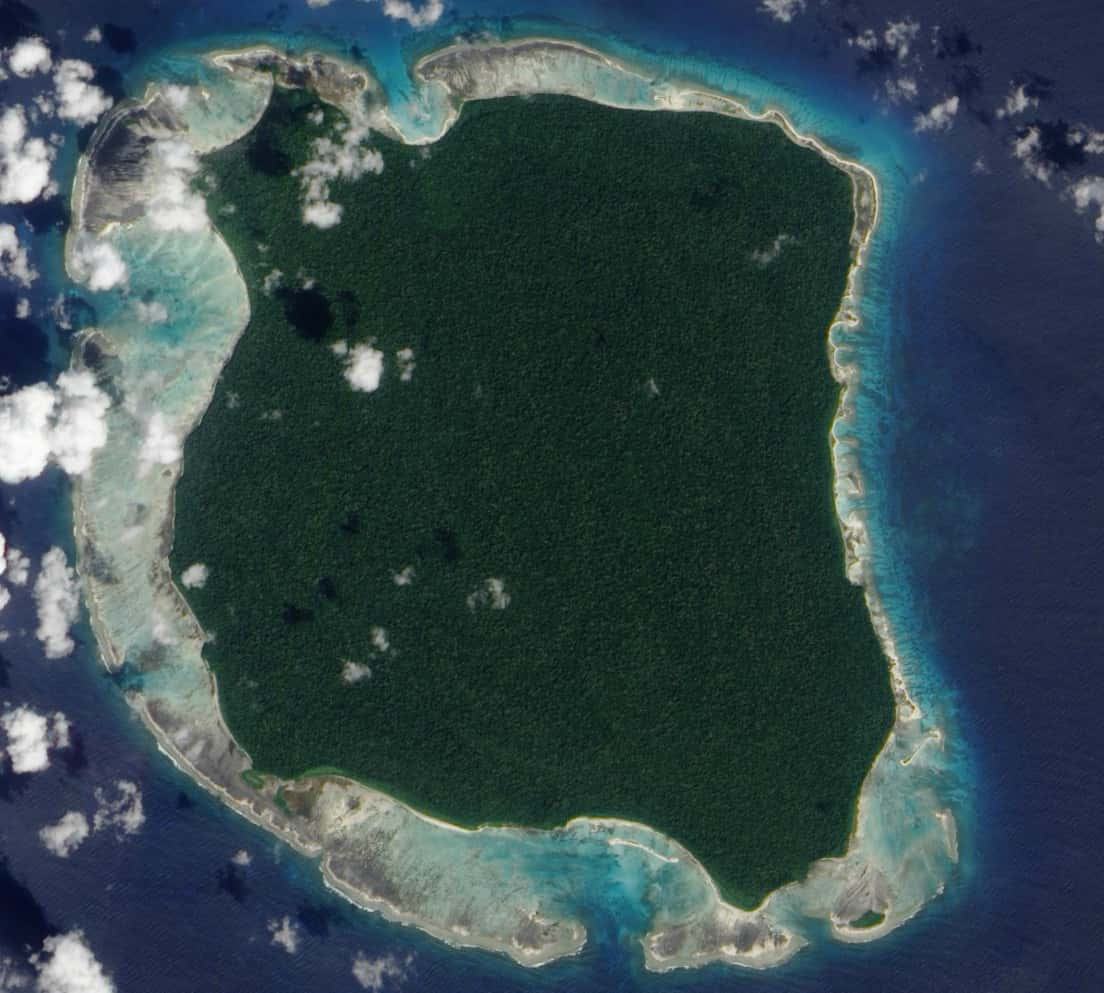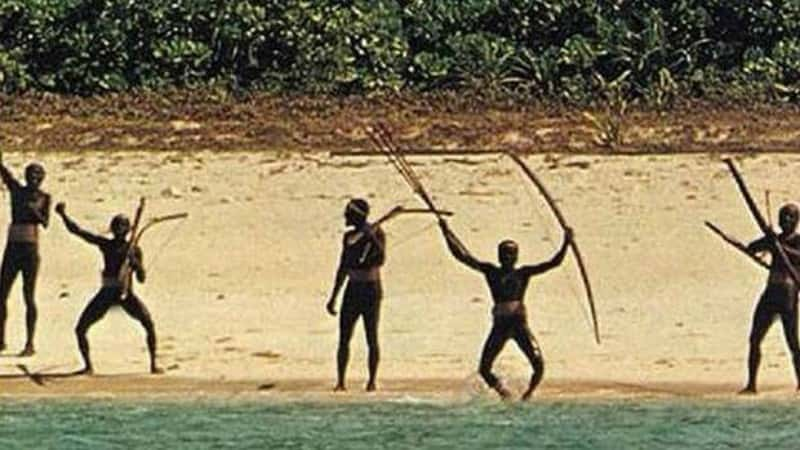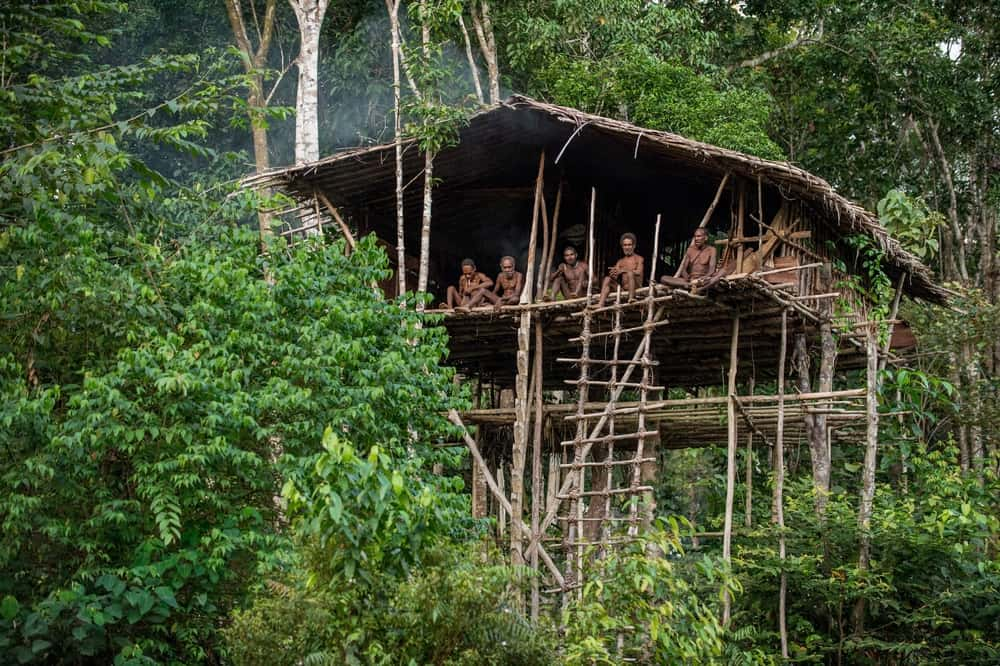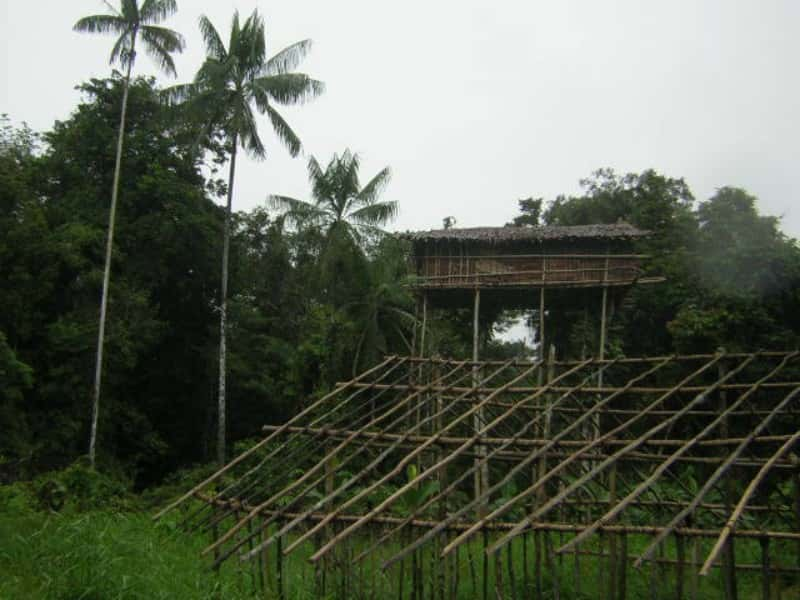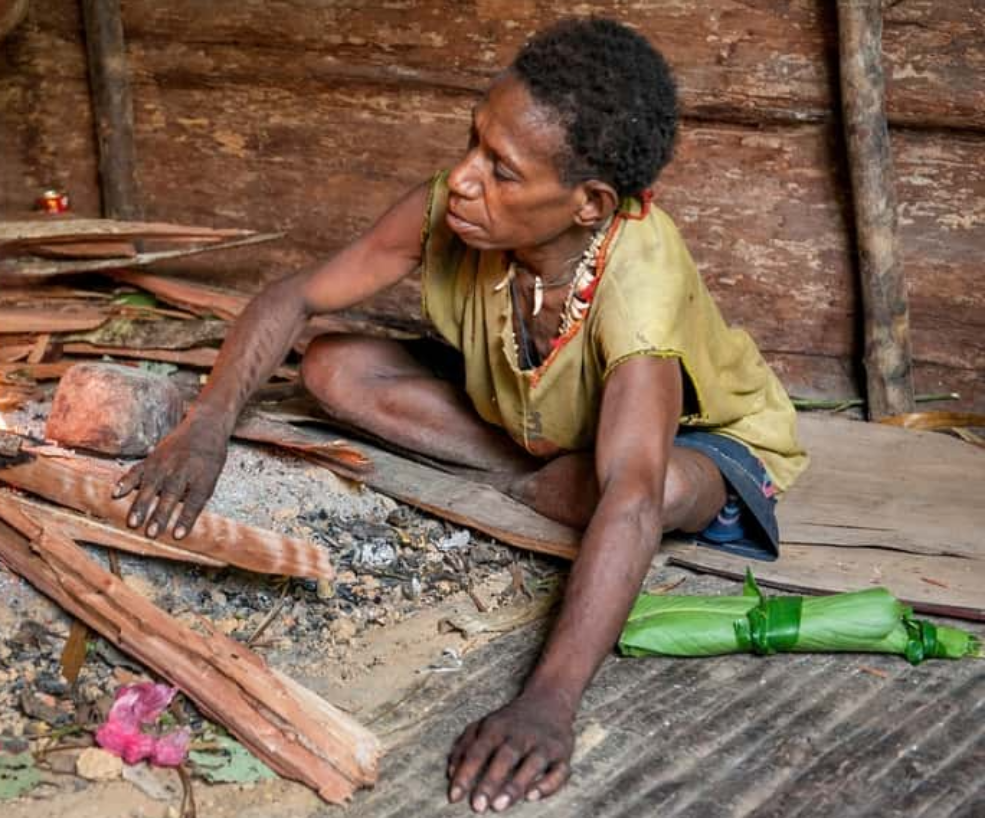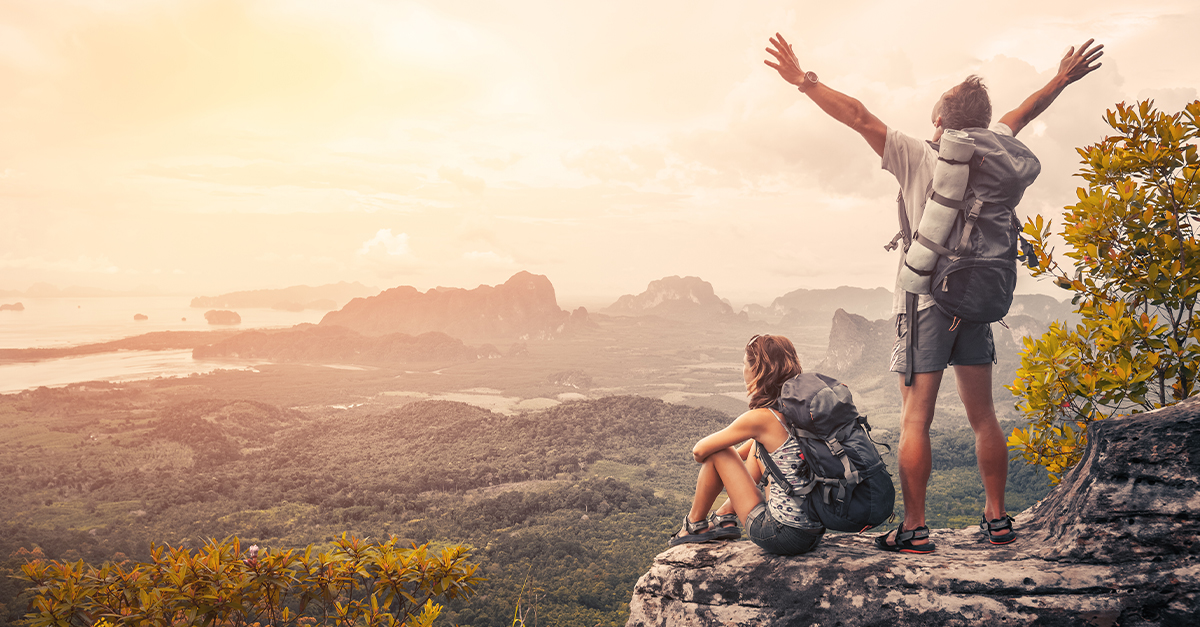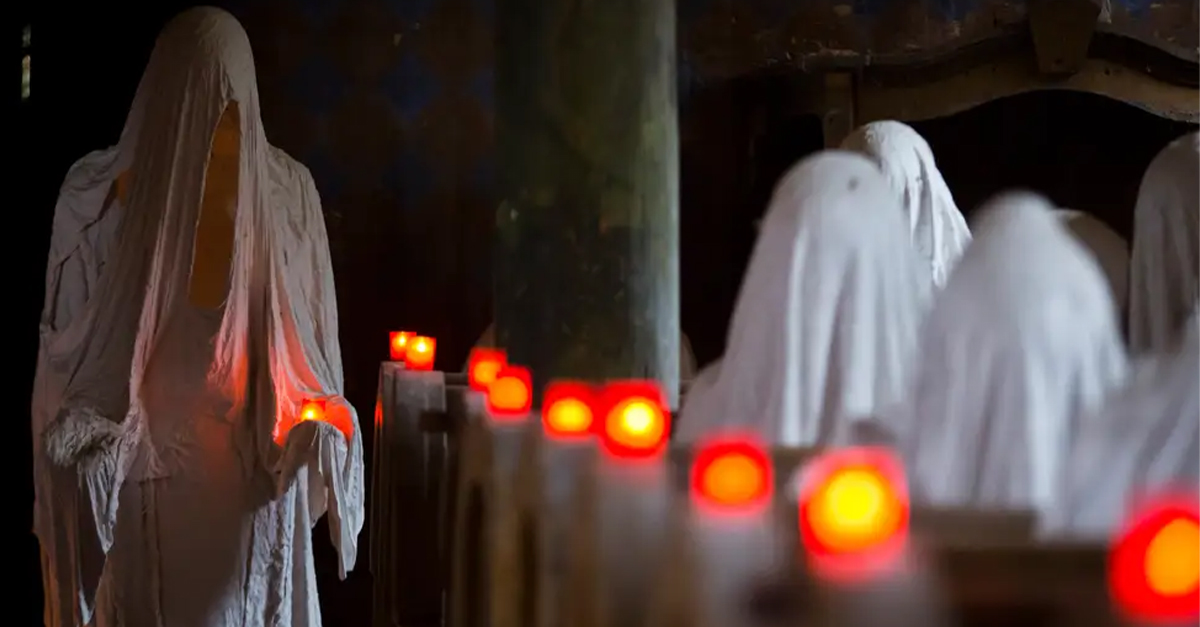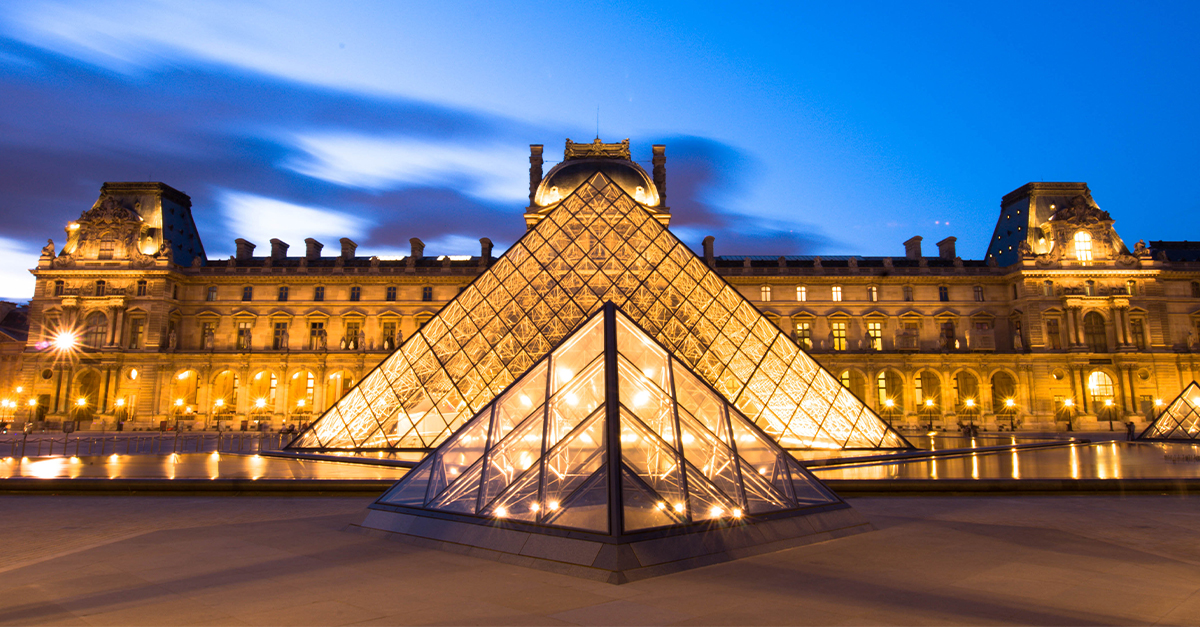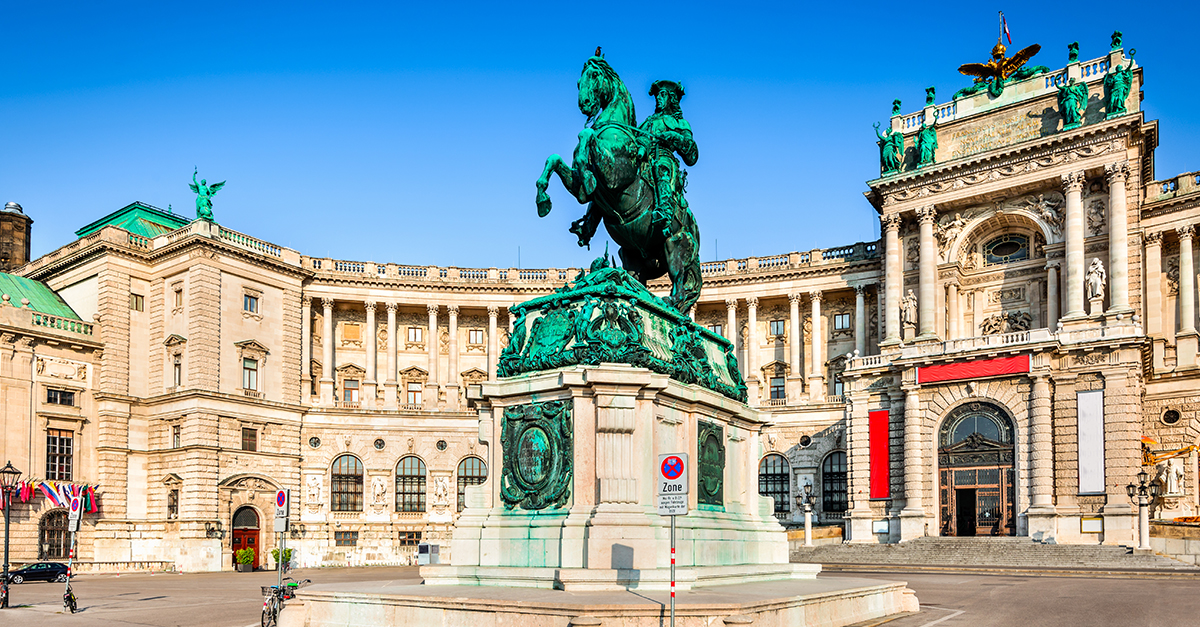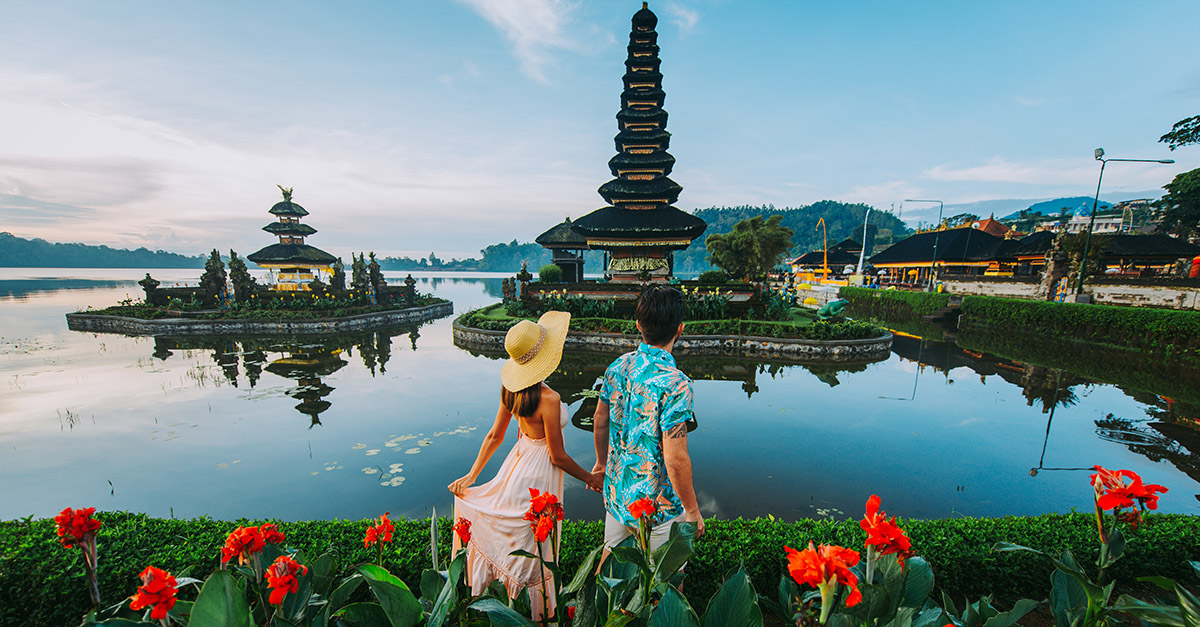Earth is about 197 million square miles. With a population density of just 38 people per square mile and environments that are not only difficult to travel through, but outright inhospitable to human life, there are plenty of opportunities for human beings to disappear off the grid completely. Here are 42 singular facts about secluded civilizations.
1. An Orthodox Church in Unorthodox Places
The Old Believers are a sect of the Russian Orthodox church who resisted church reforms in 1652 and resist modernization today—think of them like Russian Amish. Over the intervening centuries, Old Believers have fled persecution in Russia. They now dwell in isolated pockets from Kazakhstan to Brazil.
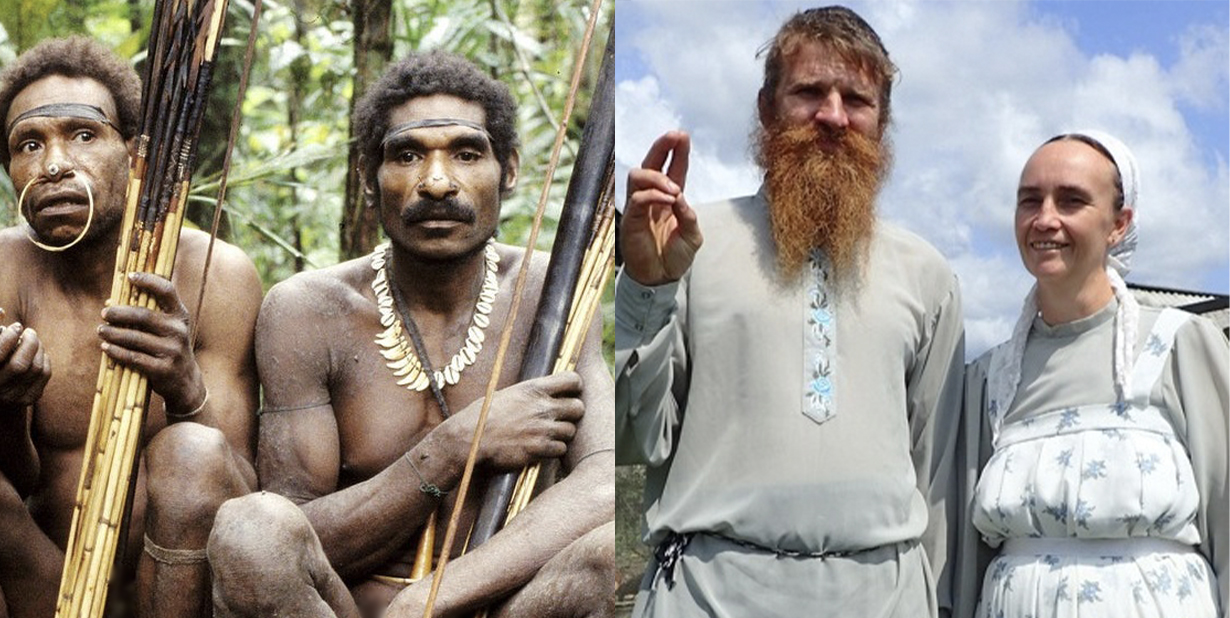
2. Cold Believers
Some Old Believers haven’t gone so far. In fact, they have been hiding in Russia’s own backyard. In 1978, a helicopter pilot discovered a family of Old Believers living in deepest Siberia, 150 miles from the nearest neighbor. The Lykov Family had been hiding there since the 1930s with no contact with the rest of the world—they were completely unaware of the WW2 and refused to accept the moon landing.
3. Secret’s Safe
The Lykovs—though impressed with modern innovations like cellophane—were not especially happy to be found, and resisted all encouragement to rejoin society. Even as he was dying, Dmitriy Lykov refused a rescue helicopter. Since the 1990s, similar small groups of Old Believers have been found in Siberia, but if the Lykovs had any contact with them, they never revealed their secret.
4. Wapishana
The Wapishana of Guyana and Brazil are some of the earliest indigenous South American tribes to interact with Europeans, having met with Christopher Columbus in 1498 and Portuguese colonists shortly thereafter who proceeded to enslave them. In the years since, the Wapishana have maintained strict policies around interacting with outsiders: one needs permission from the tribe to settle near their territory.
5. The Jungle
Some 200 different indigenous tribes live in Brazil. Of those, 67 remain uncontacted, making Brazil home to more uncontacted peoples than anywhere else in the world. They mostly reside in Amazonas, a state encompassing huge swaths of dense rainforest, perfect for hiding from outsiders.
6. More Where That Came From
The regions around the Amazon rainforest are home to so many uncontacted peoples that we cannot count them all and are continuously discovering new ones. Some groups, believed to be related to Pano and Tupi linguistic groups are so “new” and so remote that we don’t even have names for them.
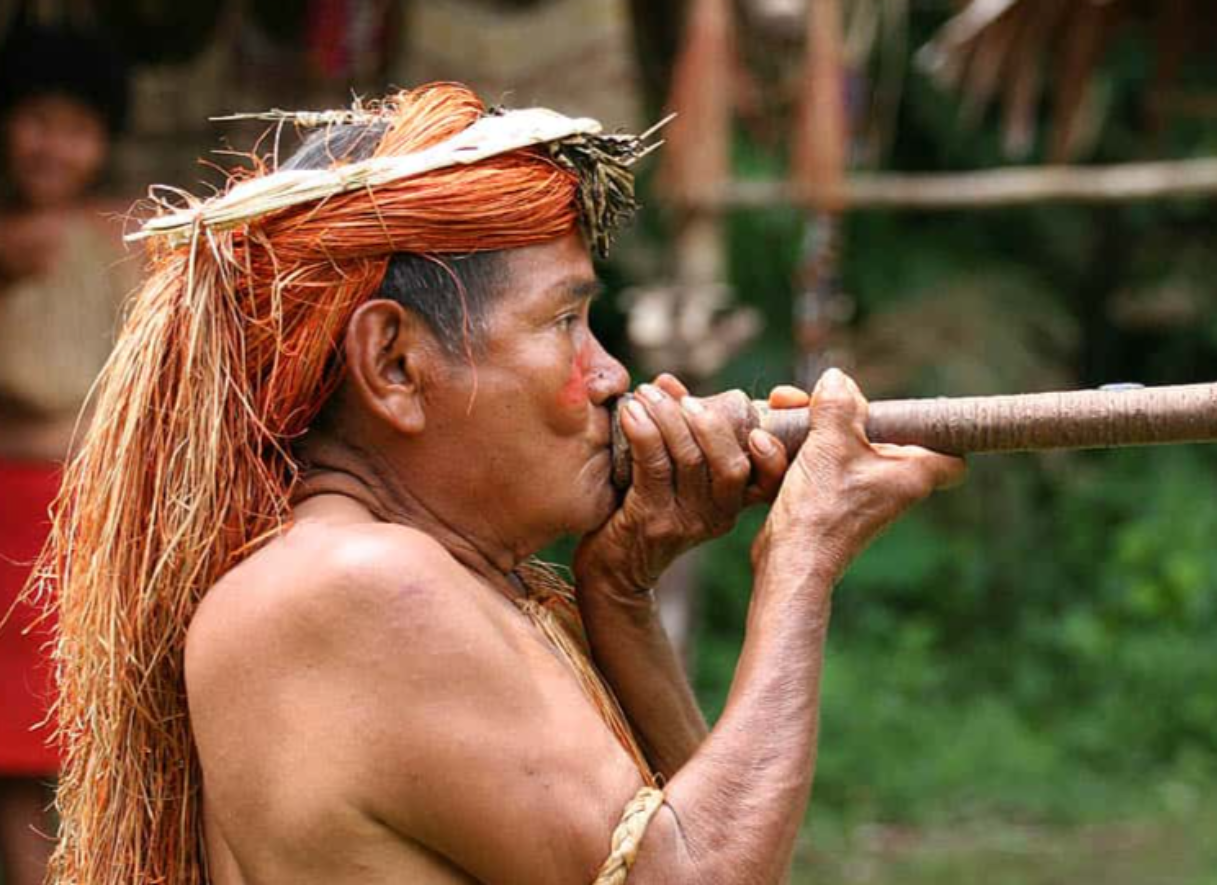 Wikimedia Commons, JialiangGao
Wikimedia Commons, JialiangGao
7. Something Going Around
One major drawback of isolation is that isolated people are not exposed to certain illnesses which, to us, might be relatively harmless. When the Uru-Ea Wau Wau people of the Amazon Rainforest first met outsiders in the 1980s, they were soon devastated by disease. By 1993, only 89 members of the tribe were left. Thankfully their numbers are on the rise again, and efforts are being made to protect them from outsiders.
8. Inescapable Aggresion
The Mashco-Piro people retreated into the Amazon following a carnage at the hands of rubber baron Carlos Fitzcarrald and there they remained until the late 21st century. Gradually, they wandered back toward civilization to trade for pots and machetes, only to face further violent attacks, this time by drug traffickers. The Peruvian government now bans interaction with the Mashco-Piro.
9. The Carnage of the 11th Parallel
In 1963, employees of Arruda, Junquiera, & Co., a rubber-collecting corporation, launched an attack on the Amazon-dwelling Cinta Larga tribe. They flew overhead, dropping dynamite on the Cinta Larga village, and then walked through the village with machine guns and machetes,ending even the infants.
10. Zero Consequences
During the ensuing trial, one of the employees of Arruda, Junquiera & Co., José Duarte de Prado put his position bluntly: “It is good to ending Indians. They are lazy and treacherous". Despite his obvious lack of remorse, de Prado served no time in lock up for his role in the carnage: sentenced to ten years, he was immediately pardoned and walked out a free man.
11. Lonely at the Top
It’s true there’s no shortage of secluded places on earth, but the most isolated humans live 270 miles above the earth’s surface. The International Space Station is home to just six astronauts for months at a time.
12. The Fridge at the End of the World
The rapid development of the world has threatened many remote and isolated cultures, violating their privacy and disrupting their culture through outside influence. Mainstream society is also challenged, especially by the rising problem of climate change. So perhaps it’s somewhat ironic that isolation might save the world one day. Far above Europe’s northern coast lies Spitsbergen Island, home of the Svalbard Global Seed Vault. Tended by citizens of the nearby Longyearbyen settlement, the Seed Vault contains seeds of food plants. In the event of a major global catastrophe, the source of our survival depends on unbearably cold isolation.
13. The Pintupi Nine
The Pintupi Nine wandered out of the Australian outback in 1984. An isolated group related to the larger, nomadic Pintupi tribe, the Pintupi Nine were referred to as “the lost tribe” and garnered much media attention. The Pintupi Nine opted to return to the desert in 1986, but not before earning a reputation as masterful visual artists.
14. Over the Hills and Far Away
The Suri people are noted for intricate age-based rituals based on age, and a cultural aesthetic based on scarification on lip plates. The Suri reside on the Boma Plateau, a swath of land near the Sudan-Ethiopia border hemmed in by high hills; it takes three days walking to reach their traditional lands.
15. Spelling Danger
When the cave-dwelling Ruc peoples of Vietnam were first contacted in 1959, explorers noted their talent for spell-making. They had spells to encourage pregnancy, but also to discourage pregnancy, spells that cure snake bites and spells that heal wounds. They had also the “air-cut” spell, so deadly it can ward off tigers and leopards. While the Ruc were more than happy to share demonstrate most of their spells, the “air-cut” was considered too dangerous to share with outsiders.
16. The Great Debate
In 2015, researchers made plans to contact the Mashco-Piro. This reignited a debate that has divided the scientific community for ages: should we try and contact uncontacted peoples? Those opposed point to the risks: introducing diseases to an uncontacted community, exposing them to predatory industrialists, and the cultural consequences of colonialism. Proponents of contact, however, argue the idea of tribes choosing to avoid the modern world is romanticized, that uncontacted peoples may want access to technological and medical innovations, and—more importantly—the Machu-Piro’s increasing presence in open territory suggests that they want to interact with us.
17. Ethical Approaches
So how do we contact isolated peoples in a way that addresses their safety and right to self-determination? Proponents of contact suggest that some important steps would include allowing the uncontacted tribe to “make the first move” and reach out on their own terms, and to ensure that doctors are on-hand to provide medical care and inoculations as necessary, as well as “cultural translators” who can help both sides navigate the differences between two worlds.
18. No Trespassing
Contacting tribes who have had little exposure to the outside world in a way that doesn’t alter their culture in unexpected and unwelcome ways does sound like a pretty tall order. Not everyone is so sure it can work. While they can’t speak for every uncontacted tribe in every case –or even every individual in these tribes—members of the Guajajara and Yanomami tribes of South America have spoken out against “forced contact".
19. Tribal Tourism
People are naturally, even impulsively, curious. As the presence of more and more isolated peoples becomes known, it may be inevitable that outsiders want to see those peoples and experience their culture face to face. The Korowai, Mashco-Piro, and even the warlike Sentinelese have been the victims of nosy tourists, with tourism companies specifically targeting them for “human zoos". In most cases, local governments have outlawed this sort of intrusive tourism.
20. The Sami
Of course, not all remote societies are uncontacted, premodern peoples. Take the Sami, for example. The indigenous reindeer herders of northern Scandinavia take an active political role as a protected culture in Norway, Finland, and Sweden. There are television programs broadcast in the Sami language, and even a Sami university.
21. Resolutely Isolated
In 1953, in an effort to protect Arctic sovereignty, the Canadian government relocated a group of Inuit people, and a single officer of the law, to Resolute, just 375 miles from the north pole. With an average yearly temperature of just 3.7˚ Fahrenheit, Resolute is much further north than traditional Inuit territory; in 2010, the government offered a formal apology for the relocation, but the Inuit remain in Resolute.
22. Greetings from Sunny Resolute
In 2007, the Canadian government established an army post in Resolute. Excluding temporary army guests, the permanent population of Resolute is just 198 people. Still, if six months of permanent darkness and -60˚ temperatures excite you, Resolute does have a hotel and a gift shop.
23. Man
1916 marked the passing of the very last member of the otherwise uncontacted Yahi Native Americans of California. Chased from the mountains of California by wildfires, he spent the rest of his life working with researchers at UC Berkeley. Ishi, the name he was known by, was probably not his real name: in the Yahi language, it simply means “man". When you are the only one, why get specific?
24. The Kings in Exile
The secretive Baduy Dalam people of Indonesia do not live far from society, just 75 miles from one of the world’s largest cities, Jakarta. Rather it’s their isolationist policies that make them so secluded. The aristocracy of a once-great empire, the Baduy Dalam retreated from Muslim conquest in the 16th century, establishing a system of buffer-villages to keep outsiders at bay.
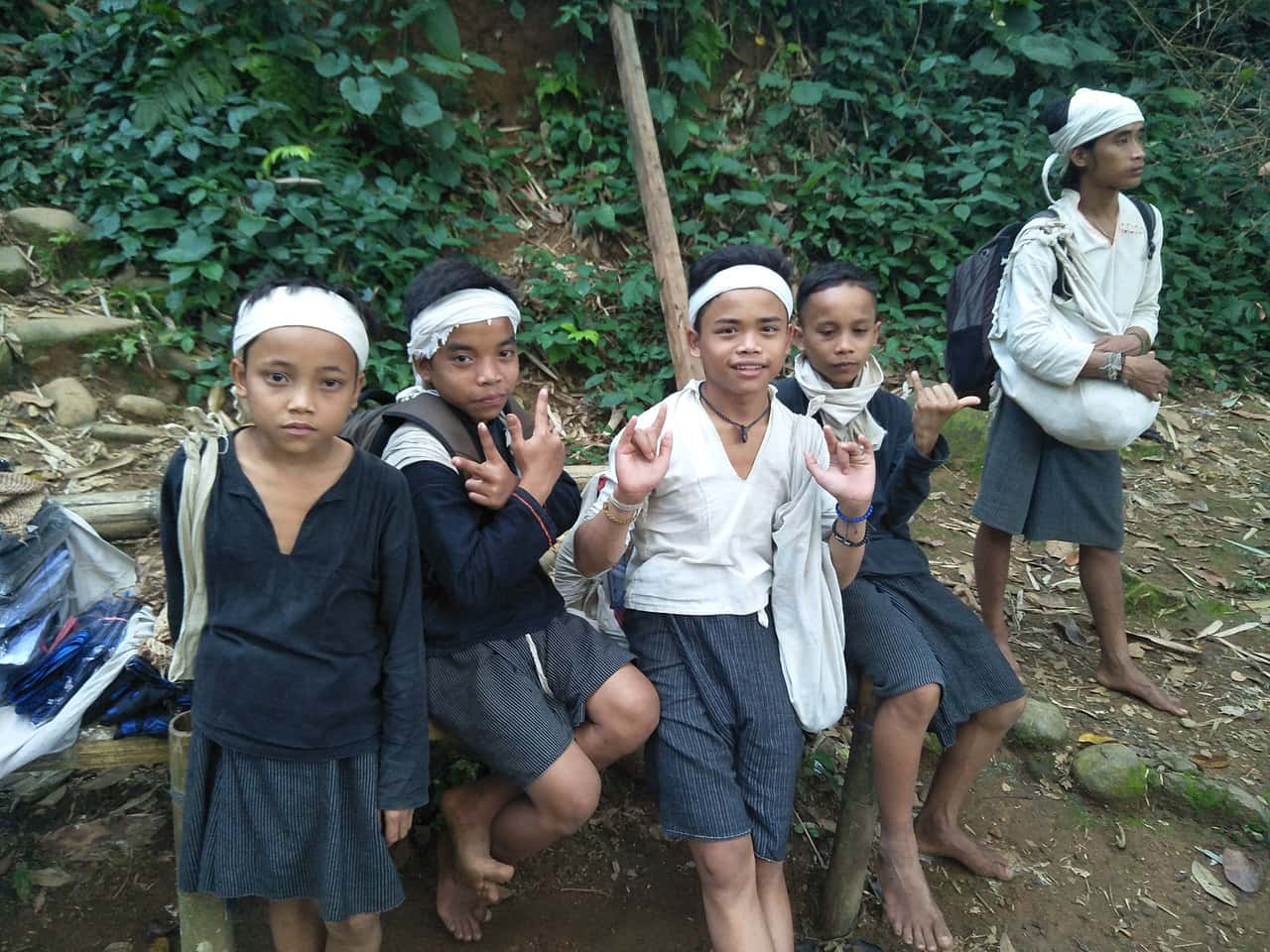 Wikimedia Commons, Fitri Penyalai
Wikimedia Commons, Fitri Penyalai
25. Rumors
Very little is known for certain about the Baduy Dalam, and this has led to speculation about the mysterious group among their neighbors and anthropologists alike. Rumors abound: the Baduy Dalam eat nothing but rice; the Baduy Dalam are forbidden from wearing shoes; the Baduy Dalam are clairvoyant mediums. How much of this is true, or how much of this the Baduy Dalam would confirm is hard to know: outsiders are forbidden from observing their rituals or even spending the night.
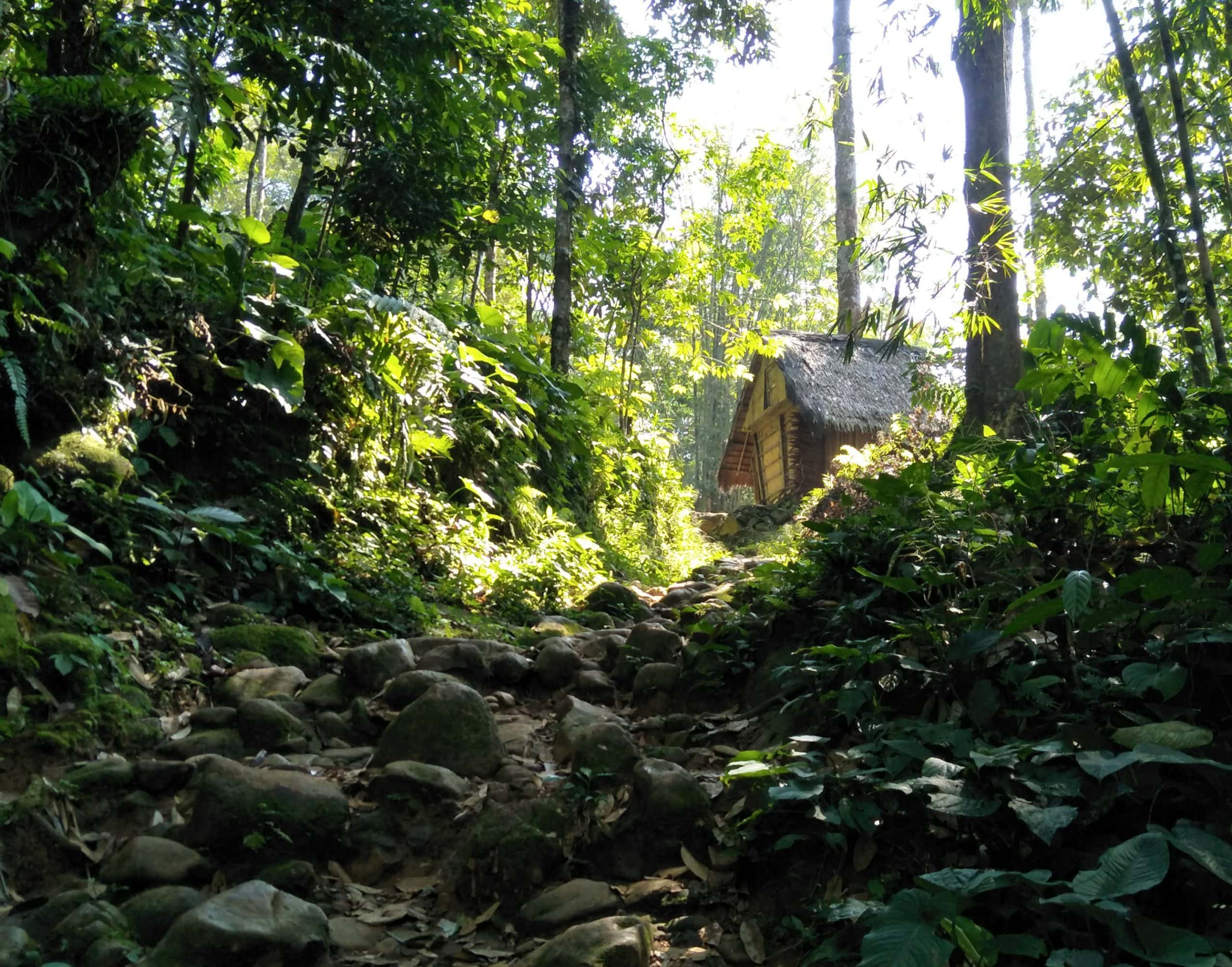 Wikimedia Commons, Fitri Penyalai
Wikimedia Commons, Fitri Penyalai
26. The Mutineers
One remote society, living more than 1,000 miles from any other settled land, was born out of maritime revolt. Pitcairn Island in the South Pacific was settled by mutineers from the HMS Bounty. The island’s permanent population of 50 people derives entirely from descendants of nine mutineers and seventeen sympathetic Tahitians.
27. Widespread Scandal
In 2004, a child misconduct scandal swept through Pitcairn, leading to the arrest of seven men living on the island. A small jailhouse had to be built to accommodate the men, who accounted for an entire third of the island’s male population.
28. Buddhist Monasteries
Monasteries are famously places where one can escape the rest of the world and devote time to prayer. And no monasteries are more famously inaccessible than those of the Buddhist temples. The reasons for this are many. The high Himalayans of Tibet, India, Nepal and other predominantly Buddhist nations lift pilgrims high above the earthly distraction and temptation and prove a challenge to all but the most dedicated of aspiring monks. Not to mention, several were built during the times of Mongol raids.
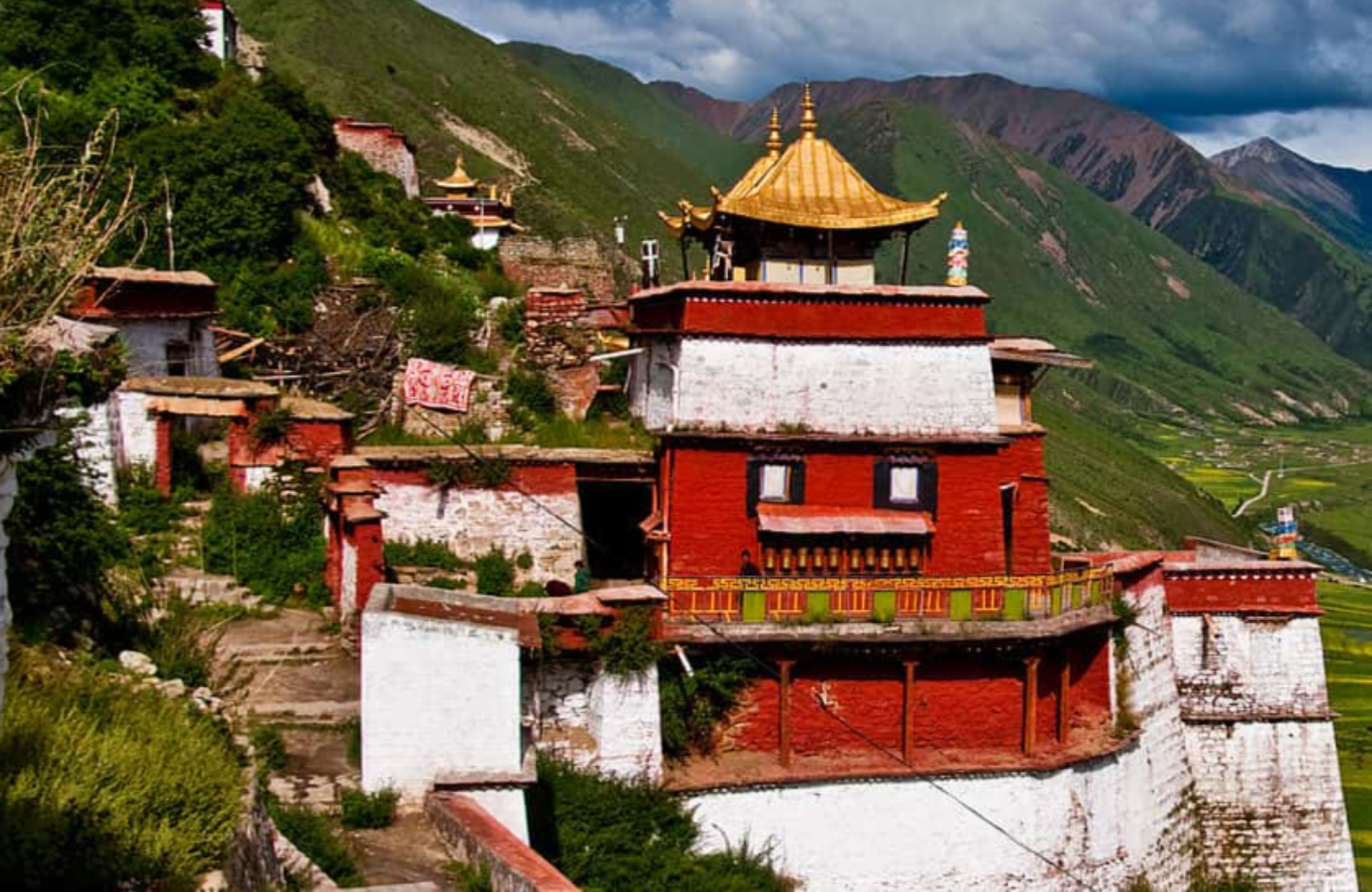 Wikimedia Commons, Antoine Taveneaux
Wikimedia Commons, Antoine Taveneaux
29. The Tiger’s Nest
The Paro Taktsang temple sits at the spot where, according to legend, a tigress dropped an aspiring monk—10,000 feet up a mountain in Bhutan. The temple is accessible only by foot or mule (or, apparently, magical tiger). While many Buddhist temples are open to visitors, Paro Taktsang absolutely is not.
30. Precarious Perch
Popa Tangkualat, a Buddhist monastery in Myanmar, sits atop of volcano 2,400 feet high. To reach Popa Tangkualat, one must climb a 777-step staircase.
31. Skellig Michael
The Buddhists don’t have the monopoly of secluded monasteries. Witness Skellig Michael: built sometime around the 7th century, this Christian monastery occupies a single tiny island separated from the Irish mainland by more than seven miles of choppy North Atlantic water. While Skellig Michael was virtually unthreatened by intruders, the bad weather proved too much of a challenge, and the monastery was abandoned in the 12th century.
32. Last of His Kind
Violent attacks from drug traffickers and unscrupulous loggers might explain the fate of a lone man who has been spotted in the Amazon rainforest. Presumably the last of his tribe, he has been watched by Brazilian government since 1996, but they have never made any attempt to speak with him or found evidence of any others like him.
33. Safe Space
Who he is, what language he speaks, and to which tribe he belongs remain utterly unknown. His lifestyle—building several square huts, each with a deep a hole in the center—is unlike any other experts have seen. In an effort to protect him from contact, and from the encroachment of logging industrialists, the Brazilian government has established a 31-square-mile buffer zone around the man’s territory. He is living in a small, invisible, and closely observed pen, and he has no idea.
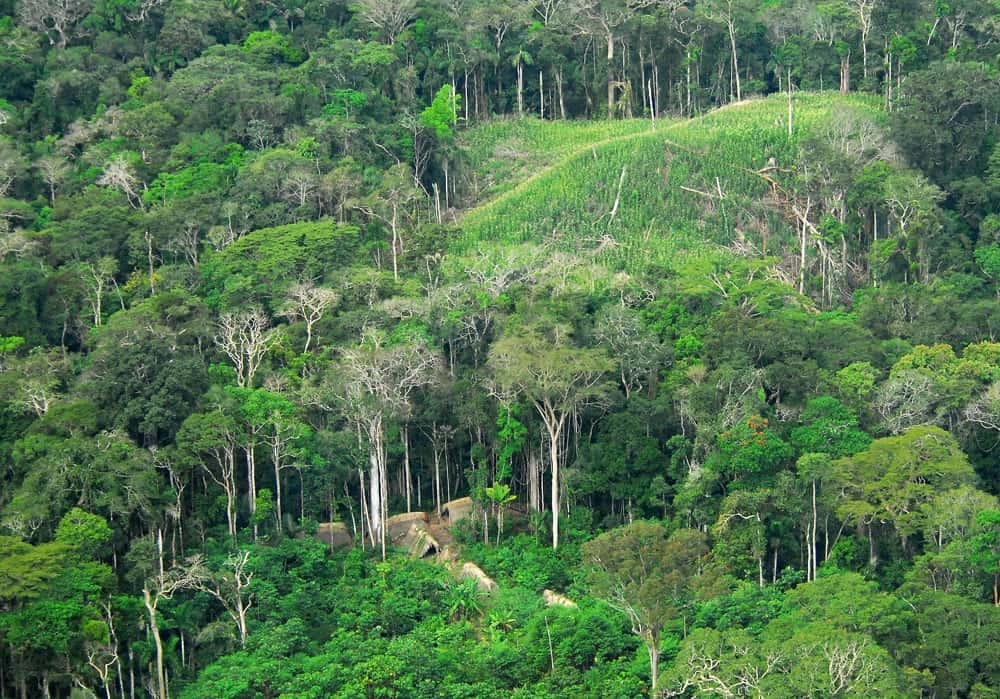 Wikimedia Commons, Gleilson Miranda
Wikimedia Commons, Gleilson Miranda
34. The Kogi
To escape Spanish conquistadors, the Kogi fled into the mountain of Santa Marta in northern Colombia; they have there remained ever since, with only sporadic contact with the outside world. They are considered the only indigenous South American group to escape colonization.
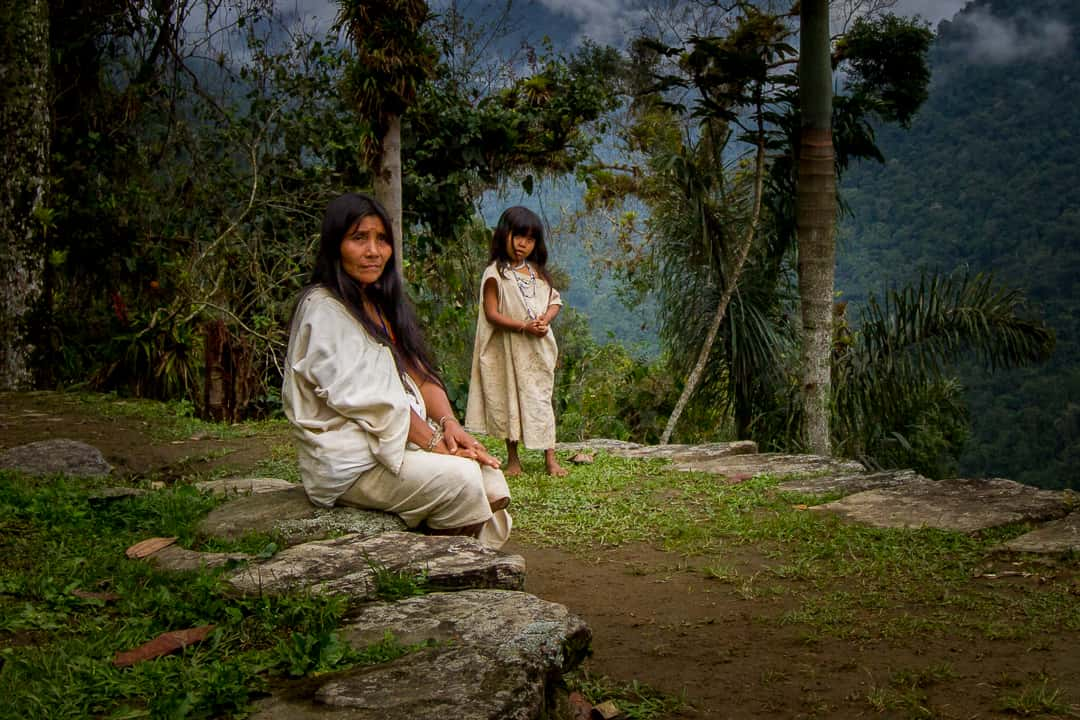 Wikimedia Commons, Dwayne Reilander
Wikimedia Commons, Dwayne Reilander
35. The Elder Brothers of the World
The Kogi have an astounding collective memory and a unique spiritual culture. The Kogi refer to themselves as “the Elder Brothers of the World". From their perch atop Santa Marta, they guard and repair the planet through constant meditation. Children prepare for this important work by spending nine years in total darkness.
36. Global Warning
In 1988, documentarian Alain Ereira went up to Santa Marta to record the Kogi’s mysterious way of life. The Kogi used this opportunity to send a dire warning to us, the Younger Brothers: our exploitation of natural resources is ending the world. We must change our ways and work to save the environment or face perishing. Some Kogi have begun to learn Spanish to help spread their message of environmental stewardship.
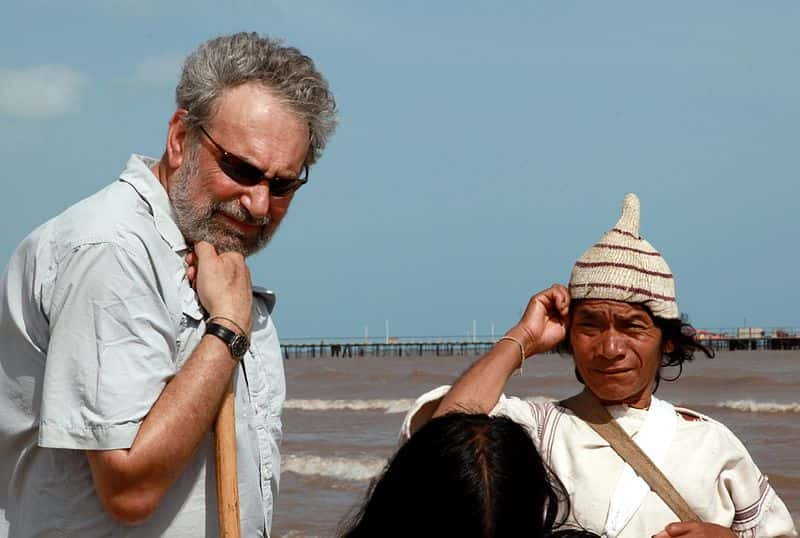 Wikimedia Commons, Alan Ereira
Wikimedia Commons, Alan Ereira
37. The Forbidden Island
On tiny North Sentinel Island, in the Bay of Bengal, lives a tribe of about 250 people, one of the last uncontacted tribes left in the world. The Sentinelese are likely to remain uncontacted: attempts to meet with them, or even land on their island, has been met with such aggression that the Indian government forbids coming within three miles of the island.
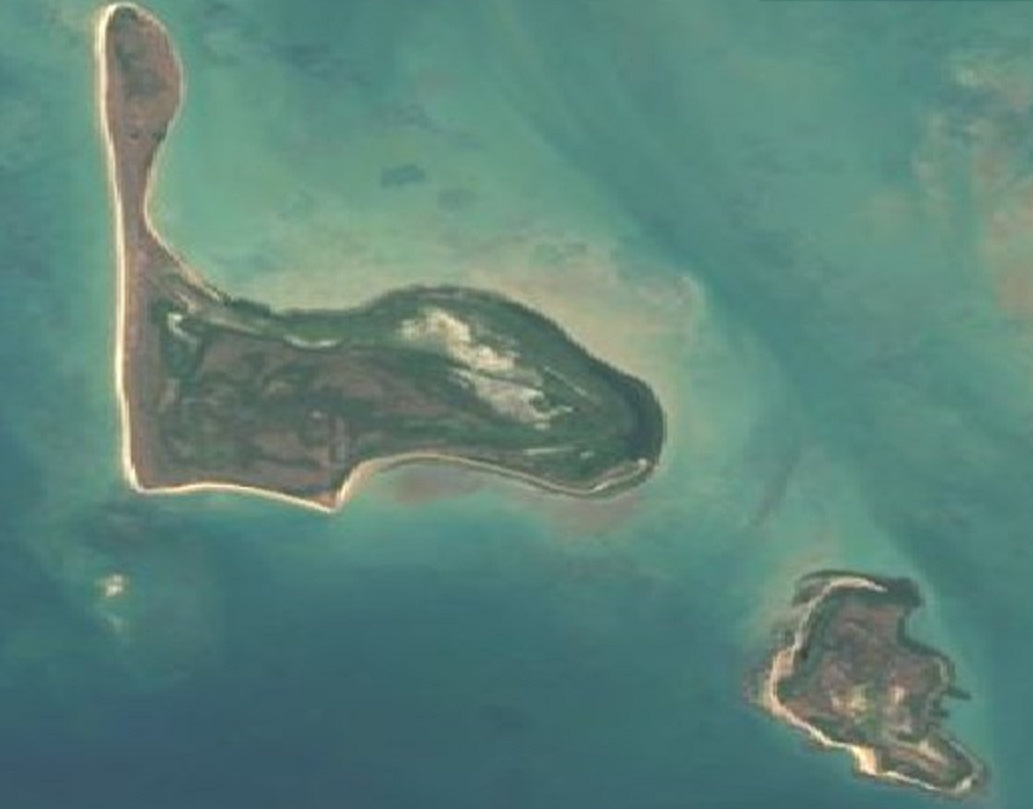 EOX IT Services GmbH, CC BY-SA 4.0 Wikimedia Commons
EOX IT Services GmbH, CC BY-SA 4.0 Wikimedia Commons
38. Maximum Fire Power
In 2006, Sentinelese tribesmen ended two fishermen who were caught fishing too close to the island. When a helicopter approached to retrieve the bodies of the fishermen, the Sentinelese chased it off with a volley of stones and arrows. Are you as curious as we are about what’s on this island?
39. A Reputation
The Sentinelese have proven they can hold their own against the modern world, but how did they fare against medieval interlopers? No less than Marco Polo refers to the Sentinelese in his writings, calling them “a cruel generation who seem to eat everybody they catch".
40. Can’t Fault Them There
Deep in the jungles of Indonesia lives a tribe called the Korowai, who had managed to avoid the outside world until 1970. Despite pressures from Christian missionaries, the Korowai have resisted any attempts to “modernize". Their reasons are two-fold. One: essentially, white people look like ghosts, and that’s scary. And two: a prophesy that guarantees an apocalyptic earthquake if they change their way of life. Who can blame them, really?
41. Cannibal Culture
Cannibalism has been a part of Korowai culture, particularly the ending and eating of witches called “khakhua". In fact, cannibalism was so prevalent that it influenced Korowai architecture: the distinctive stilt houses were supposedly built so tall to prevent abductions by cannibals.
42. Meh
Despite their anxiety about change—and resultant earthquakes—the Korowai are moving away from cannibalism, partly because it has attracted unwanted attention from officers and other outsiders, and partly because they apparently just don’t feel like it anymore.
Sources: 1, 2, 3, 4, 5, 6, 7, 8, 9, 10, 11, 12, 13, 14, 15, 16, 17, 18, 19, 20, 21, 22, 23, 24, 25, 26, 27, 28, 29, 30, 31

